We entered France in the extreme southeastern corner and headed along the coast road to Nice – but before arriving there, we chalked up another country on the list (now at 26). The principality of Monaco, barely two square kilometres, made a great coffee stop while riding a portion of the famous Grand Prix circuit, through the tunnel and along the water’s edge.
We followed the coast road through some of the richest parts of the Cote d’Azur, with the distinctive pink rocks showing through the holiday houses on occasion.
As we turned inland and north, we started following the Rhone River, which of course meant the vineyards of the Cotes du Rhone.
We stopped for night near Aix-en-Provence, and spent a little time exploring the centre of town before meeting our hosts.
Continuing north, we headed for the old Papal enclave of Avignon. Between the 14th and the end of the 18th Century, it was owned by the Catholic Church, and was actually the seat of the Pope during a period of instability in Rome between 1309 and 1377. The old walled city is great for wandering around (and finding lunch).
The city’s theatre is notable (and amusing) for its two flanking statues – seemingly bored theatregoers. Their expressions say it all.
The Papal palace itself, a cross between a castle and a stately home, towers over everything, and presents an imposing façade to reinforce the temporal and spiritual power of the church.
Next door is the Papal basilica – a surprisingly modest structure, given the grandiose palace next door. I suppose they have to be humble about some things!
Inside are a number of courtyards and large halls. Little of the interior decorations or furnishings remain, with the building having been used as a barracks during the post-Revolutionary era.
There is one Papal bedroom where the original murals are mostly intact – technically photos aren’t allowed, but I snuck a few quick shots.
The assembly halls are the most impressive part, used for hosting the large political delegations of nobles from all over the Christian world. There’s an array of statues depicting the departed popes, as well.
The other famous structure in Avignon is the ancient bridge, known in nursery rhymes in France. First built in the 12th Century, what’s left of the current structure dates to the 14th Century (around the same time as the Papal Palace), with 20 of the 24 arches washed away in flooding in the 17th Century. The four remaining arches are graceful, and support a chapel where the original architect of the bridge is interred.
Following the Rhone further north, we headed to what is arguably France’s second city, Lyon (Marseille has a larger population, but Lyon is economically more important). Meeting up with some of Ghighi’s friends, we took a tour of the old centre starting at the 15th Century cathedral.
Outside, the town centre is well preserved. Lyon was the ancient trading capital for goods from the East, notably silk from China. The narrow cobblestone streets make for an interesting afternoon’s walk.
Typical French life continues all around.
There’s the remains of a Roman amphitheatre built into the hillside above the old town, now used for summer concerts and drama performances.
At the very top of the hill is the new (19th Century) basilica. Emulating the more ancient churches, it feels overdone – trying to capture a sense of timelessness that it can’t quite achieve.
The view from the top of the hill, back over the old town, with the Saone and Rhone rivers trisecting the city, was more worthy of the climb.
Our destination for Christmas was Ghighi’s family home in the Vosges Mountains – but around 200km short, my worn-out chain and sprockets from Iran became so buggered as to be dangerous. We stopped for the night in the tiny wine-growing Jura village of Pupillon.
Fortunately I’d already ordered the replacement parts in advance, so a quick mercy dash in the car and an hour changing the parts over meant we could be back on the road on schedule. We spent the next week over Christmas telling stories of the trip, sharing meals and taking the odd hike around the forests and the nearby Gerardmer Lake. Unusually for this time of year, no snow!
One day we took a trip out to Colmar in Alsace, right near the border with Germany. In fact the region has for centuries been disputed between the two competing influences, and has a unique architectural style with lots of bright pastel colours.
We were glad to be off the bikes for Christmas Day, receiving a warm reception from Ghighi’s family despite the cold weather.

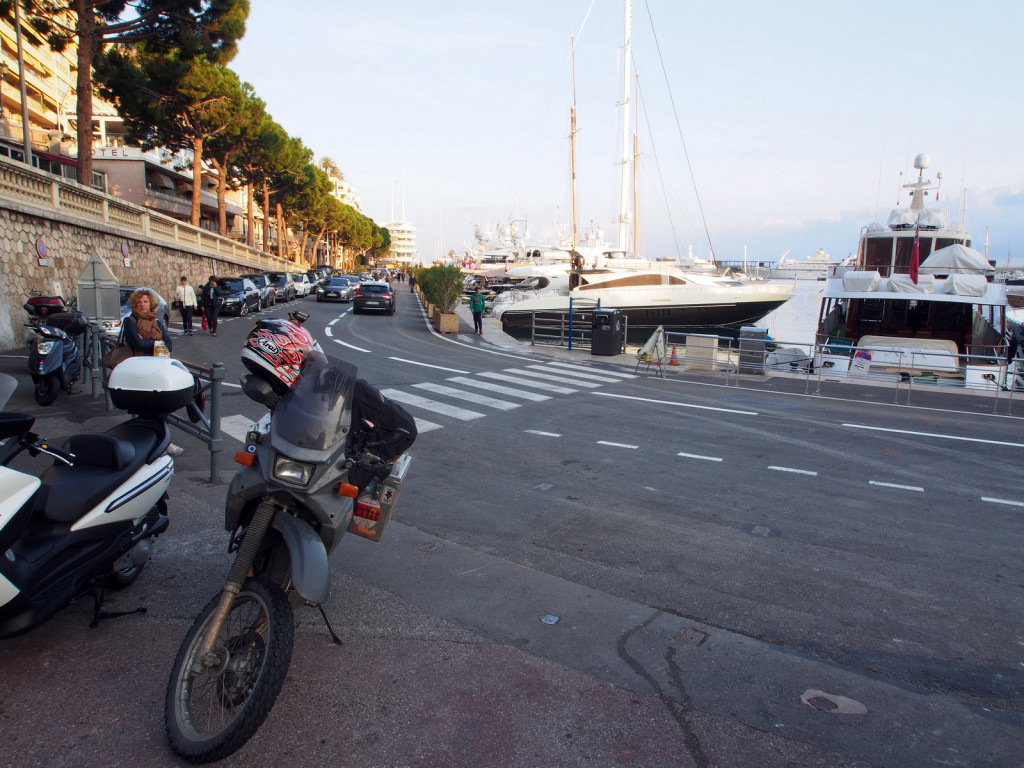
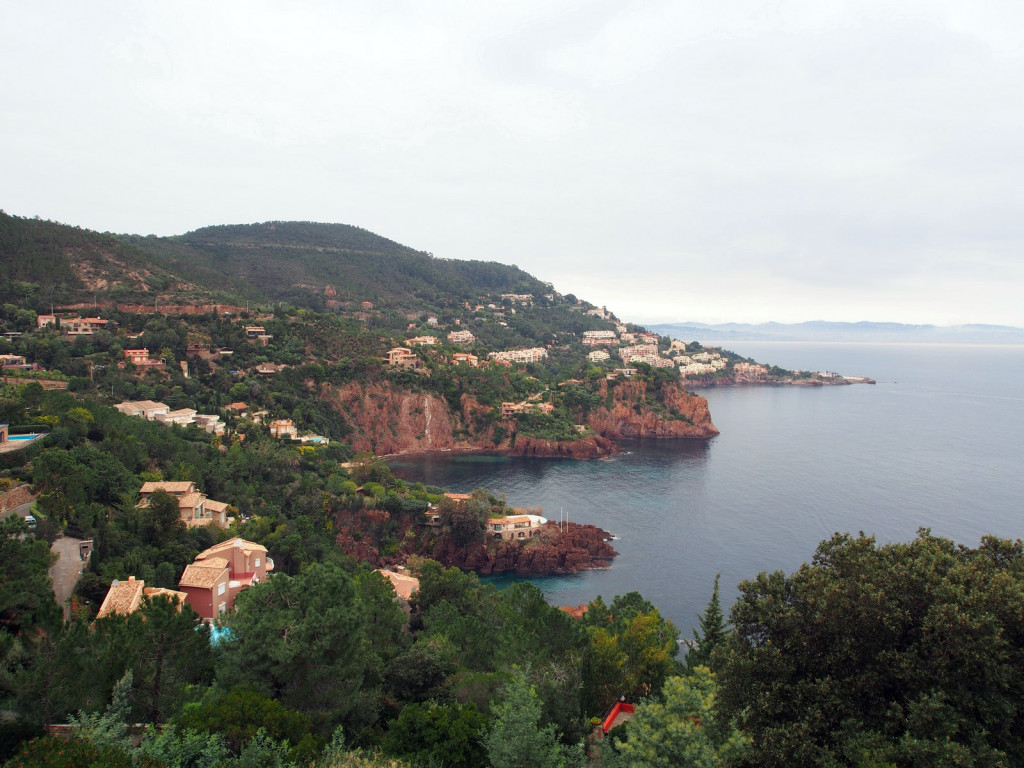
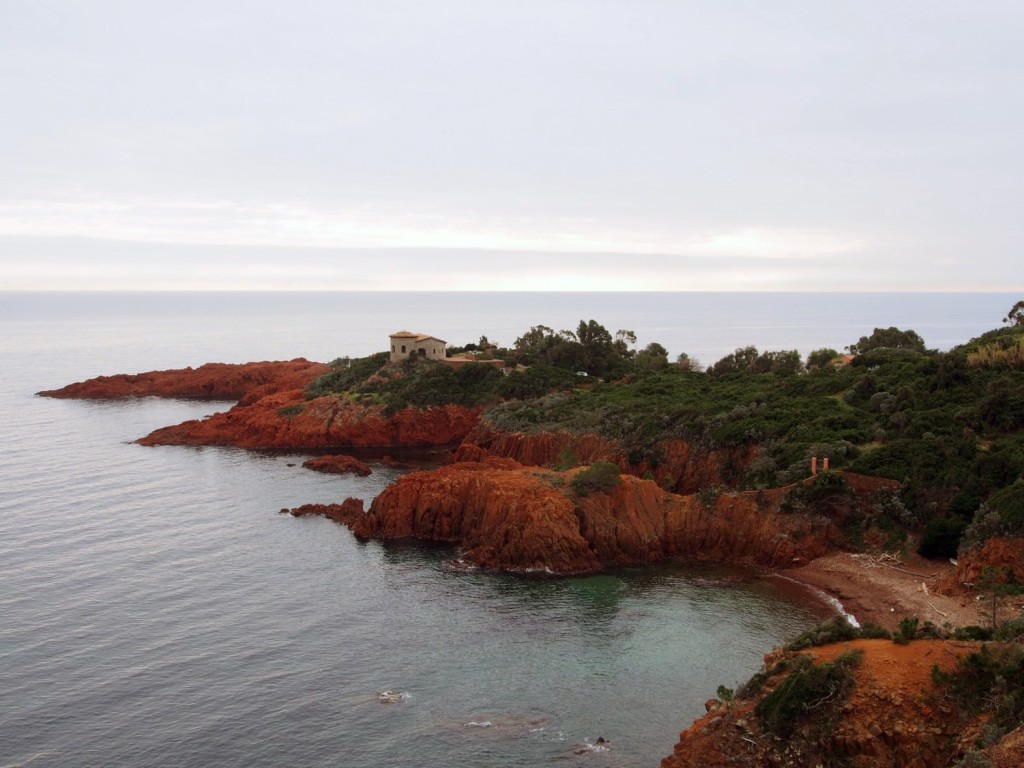
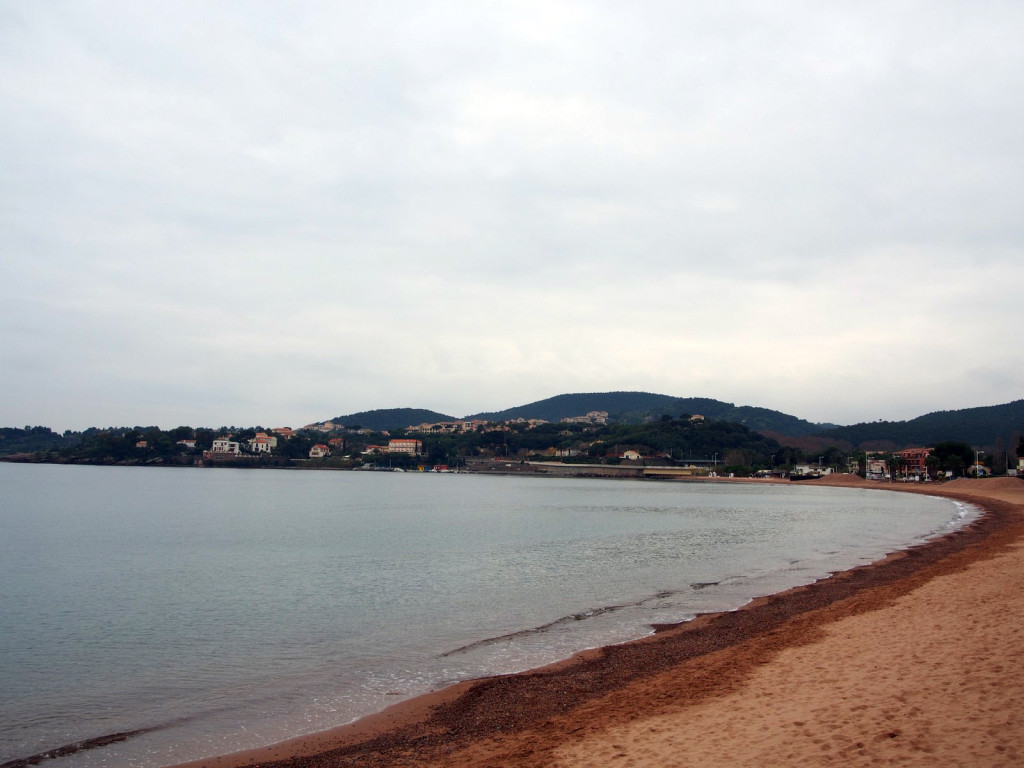
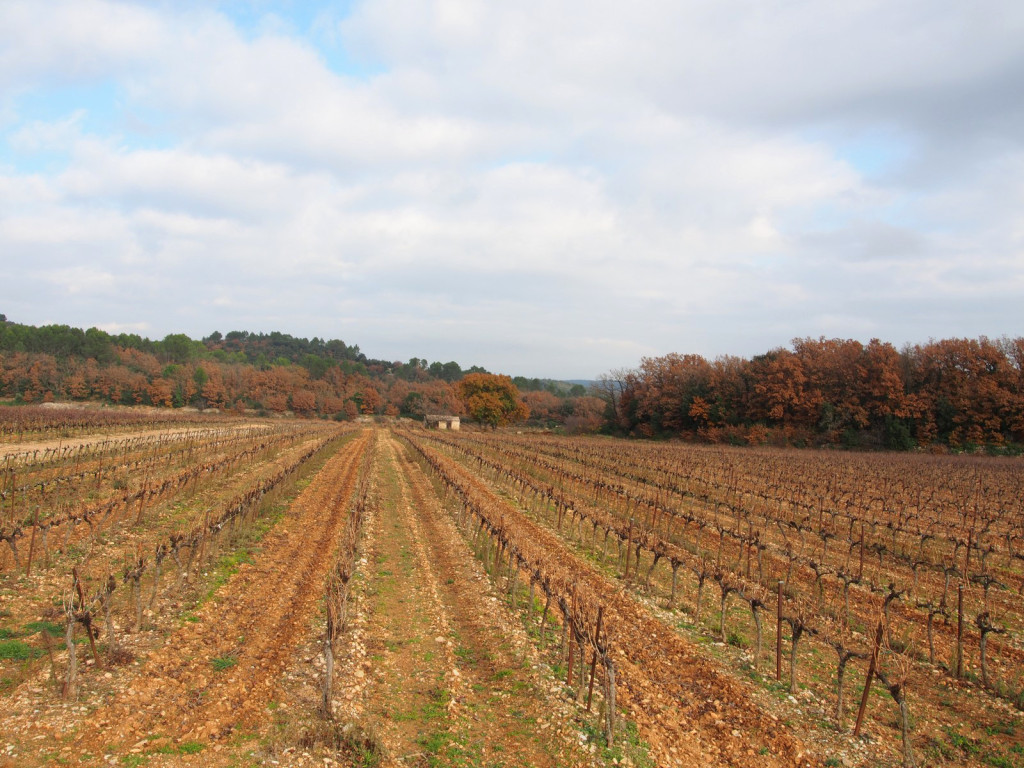
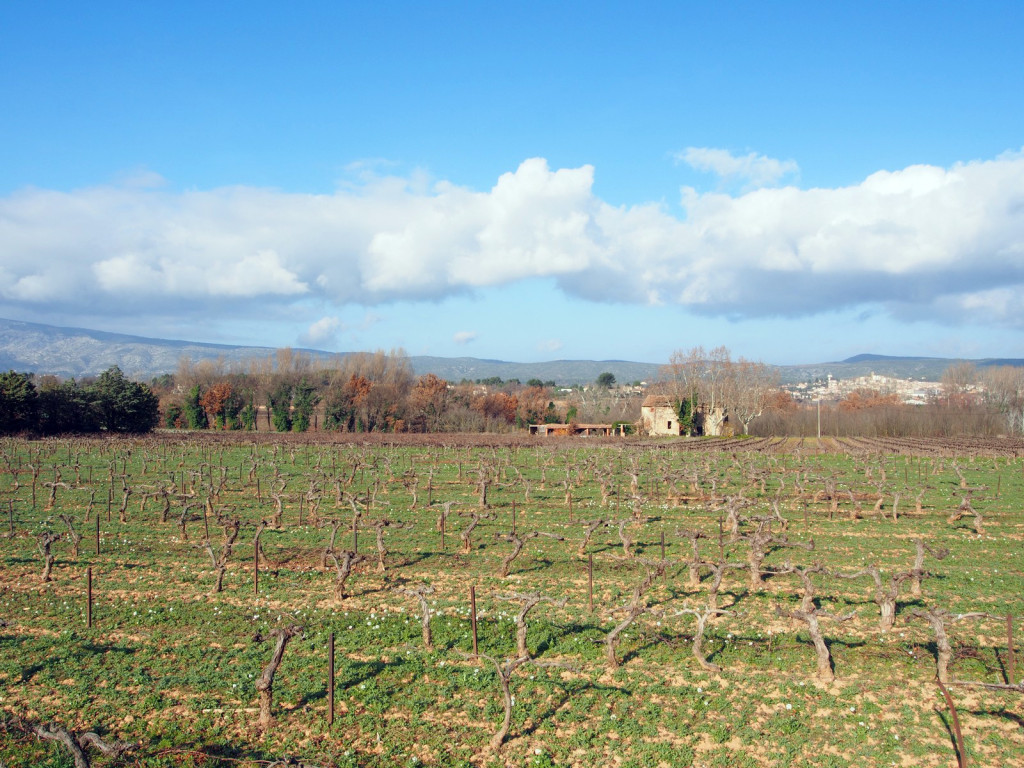
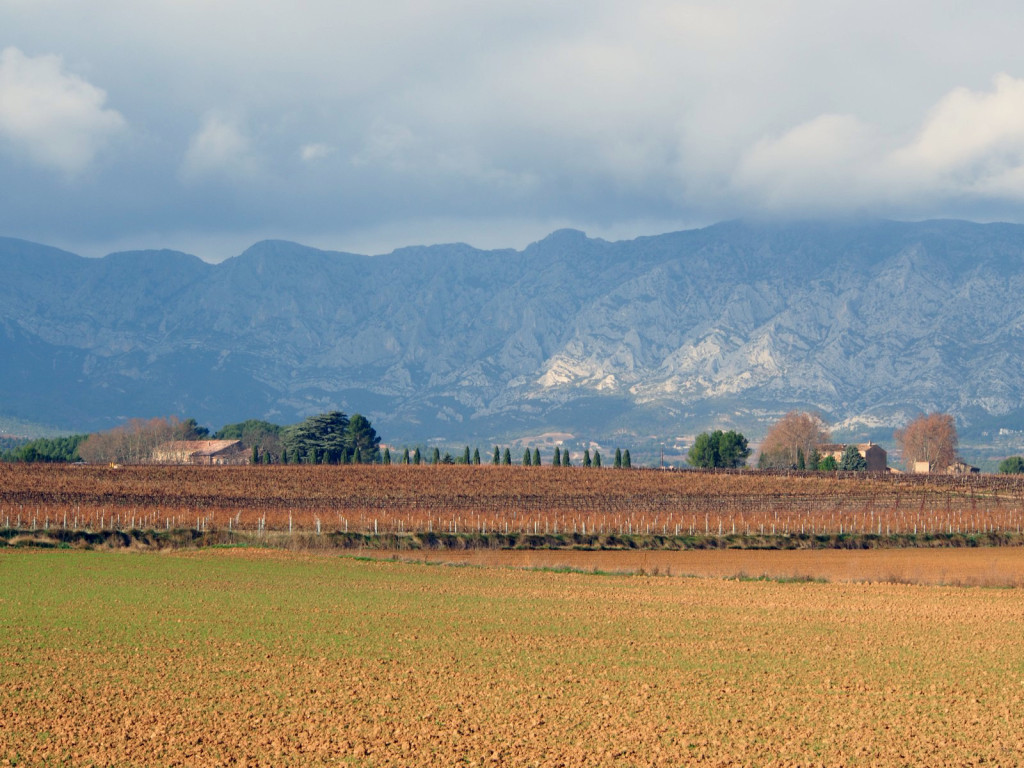
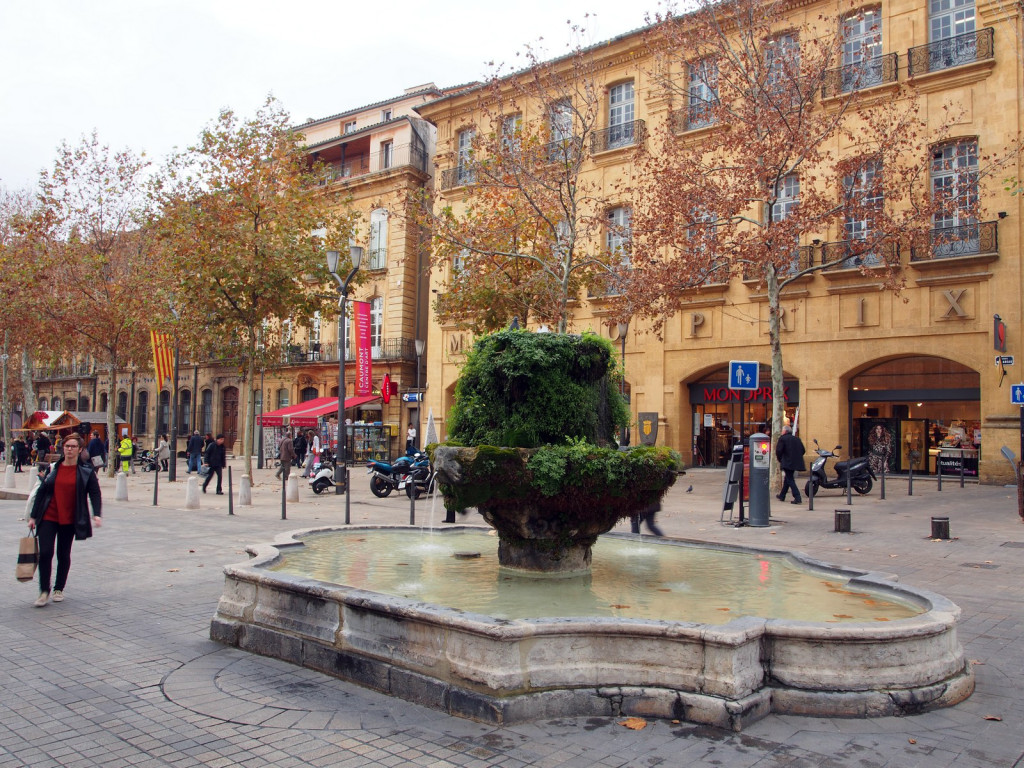
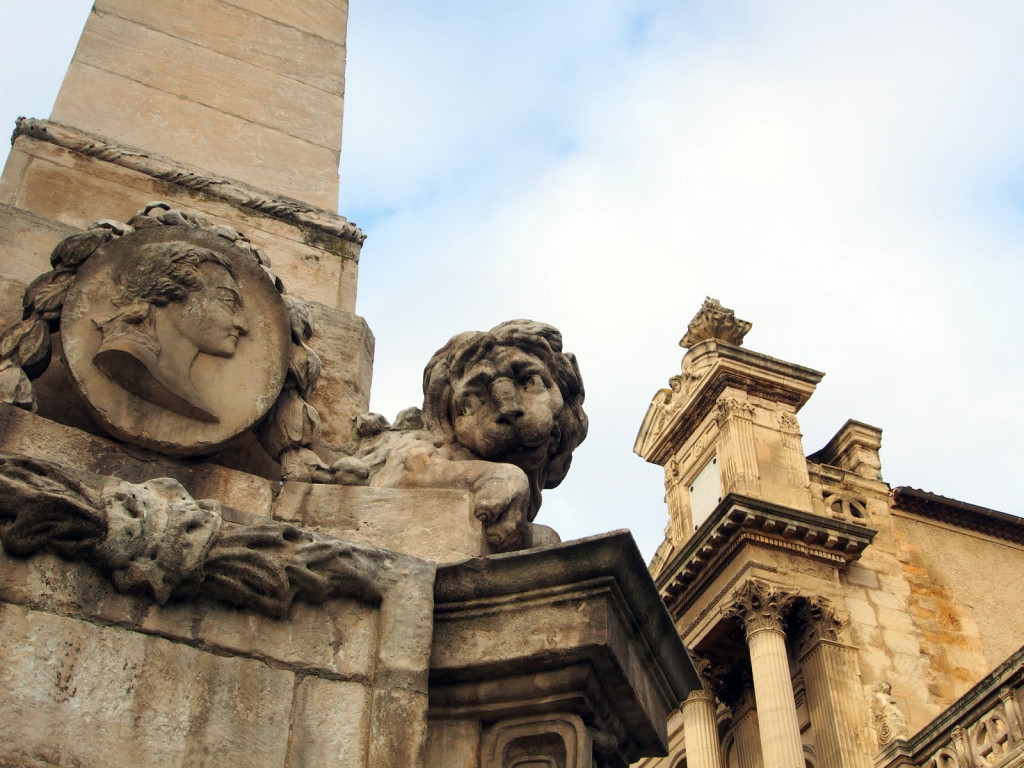
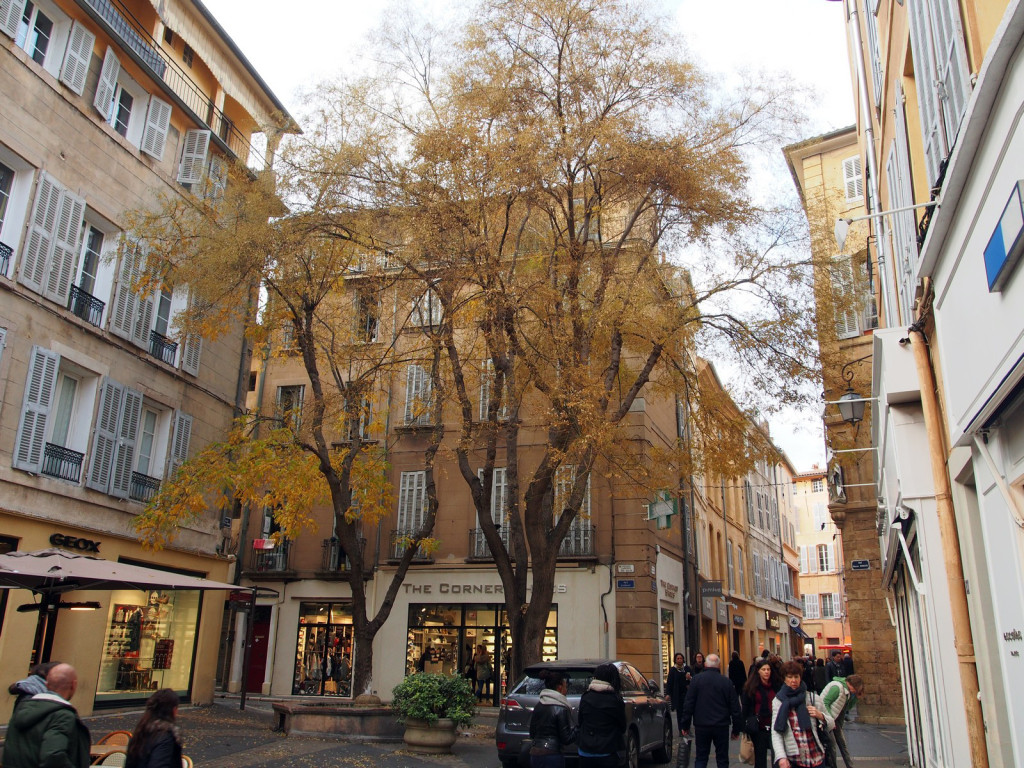
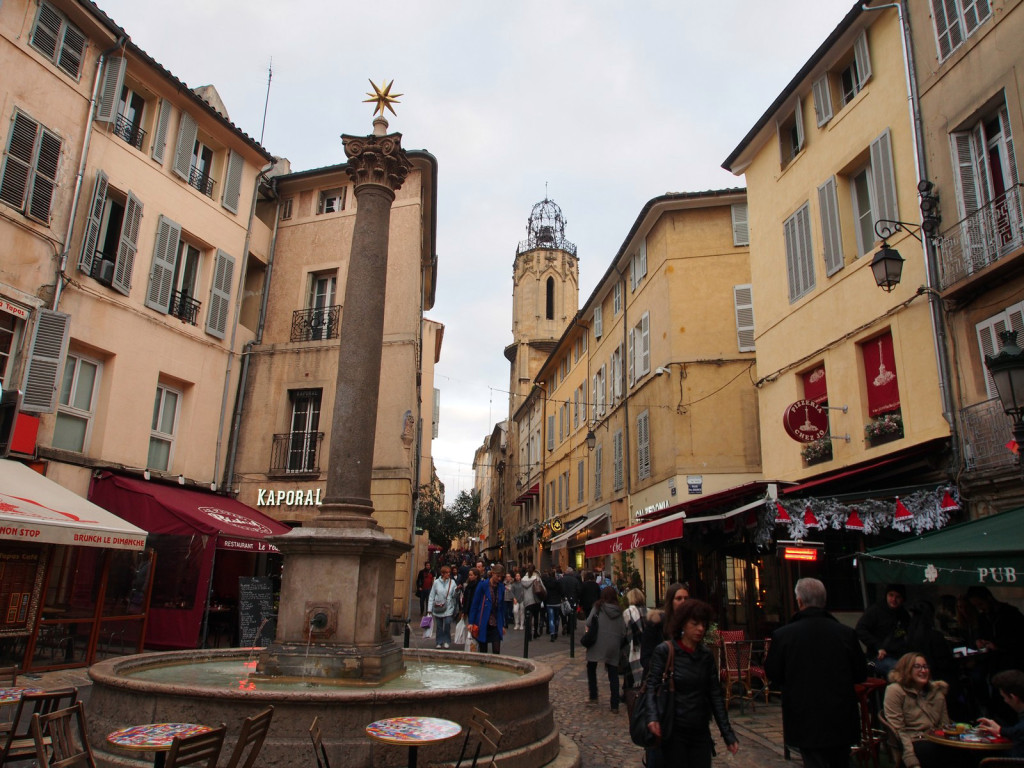
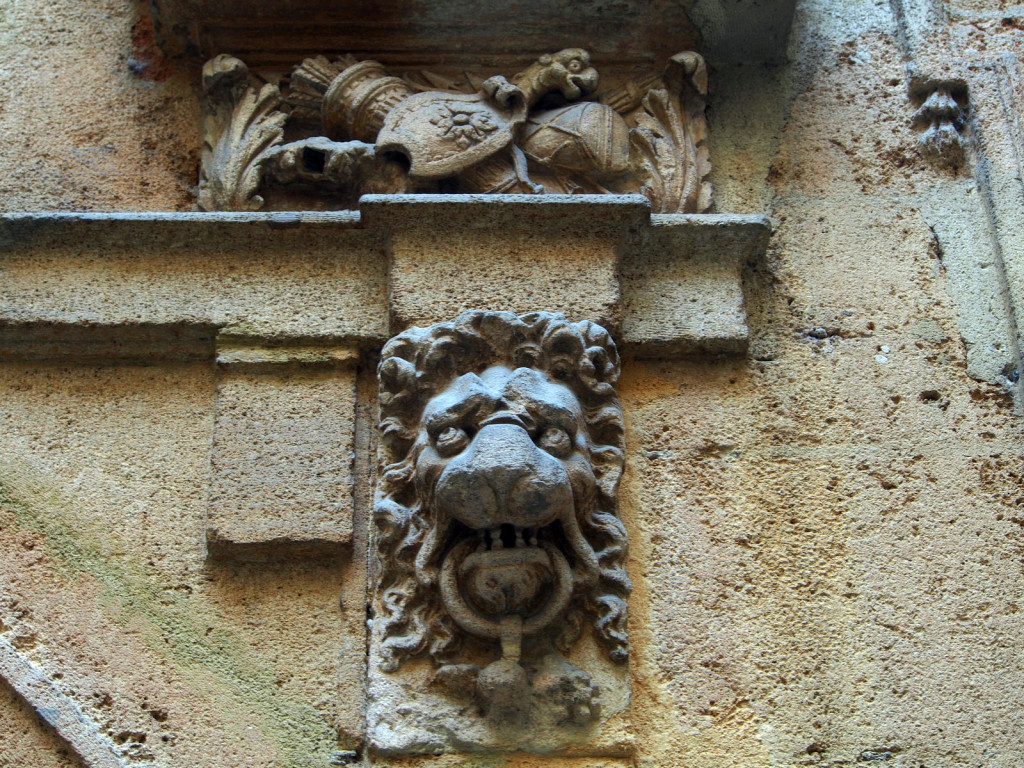
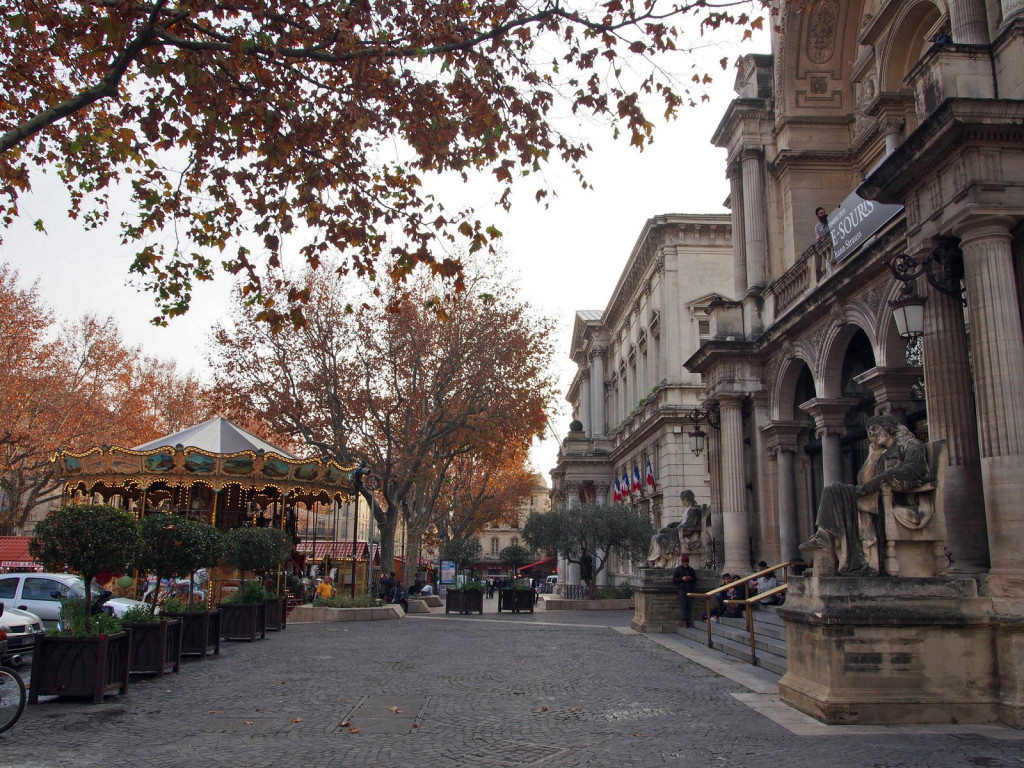
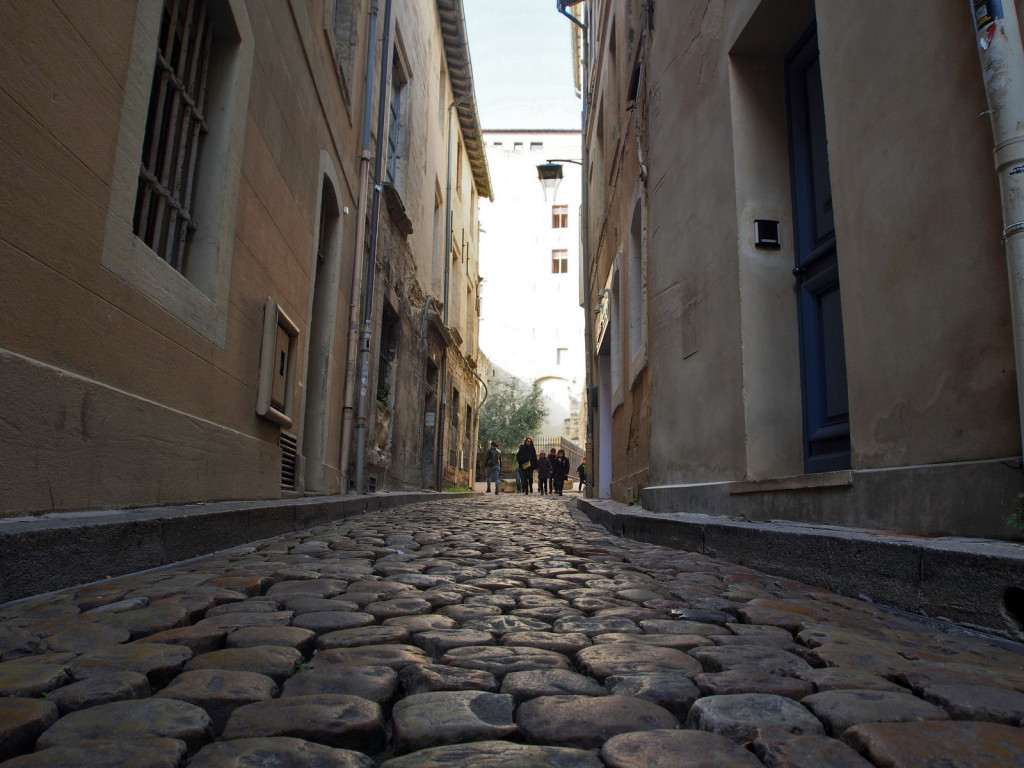
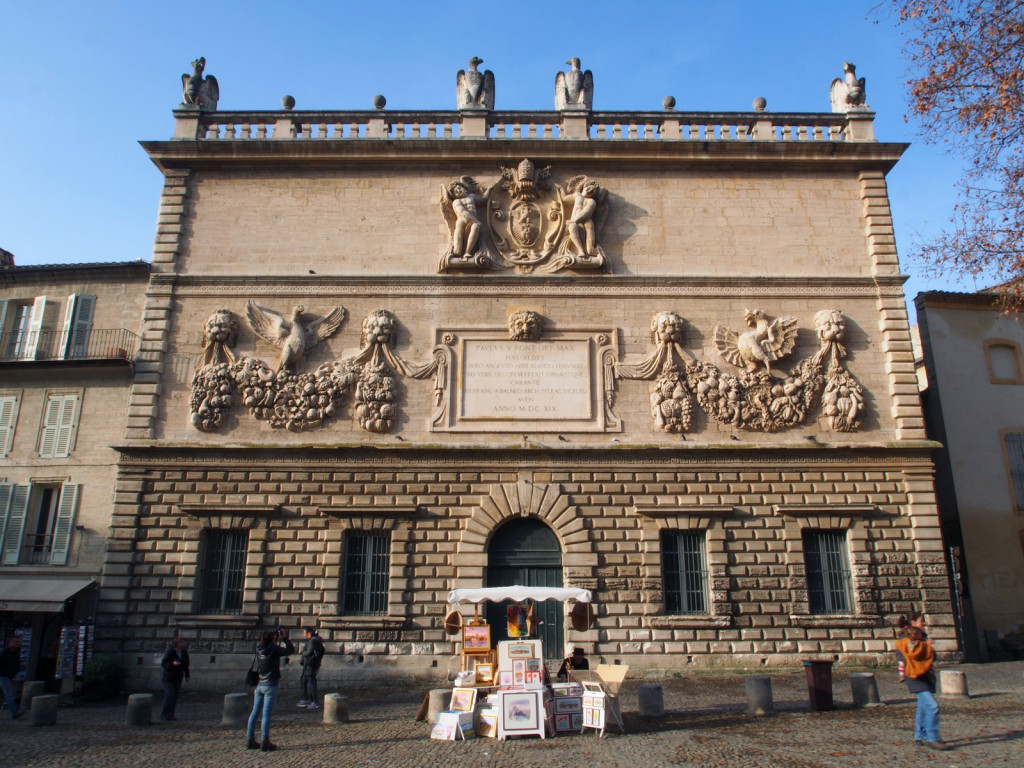
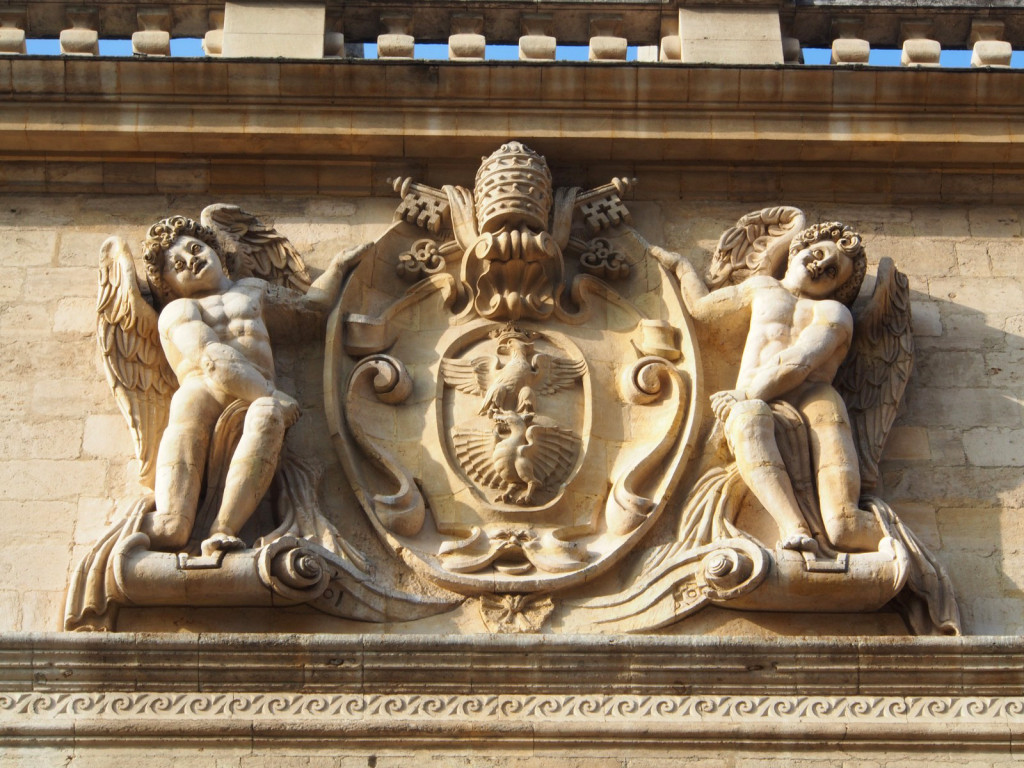
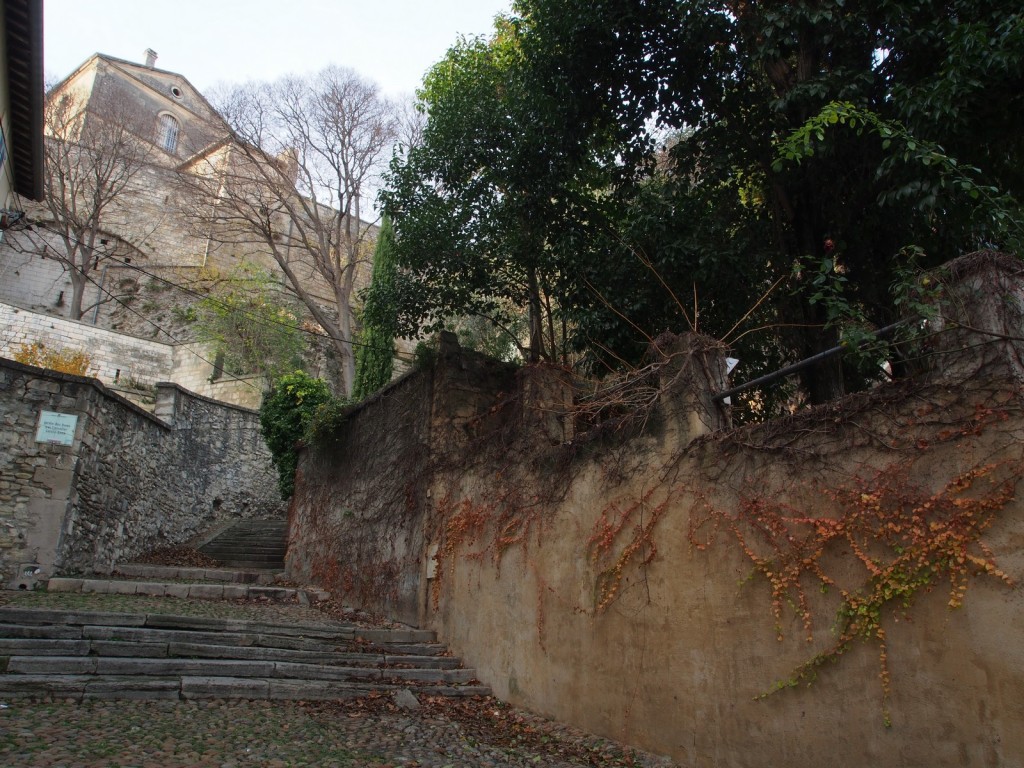
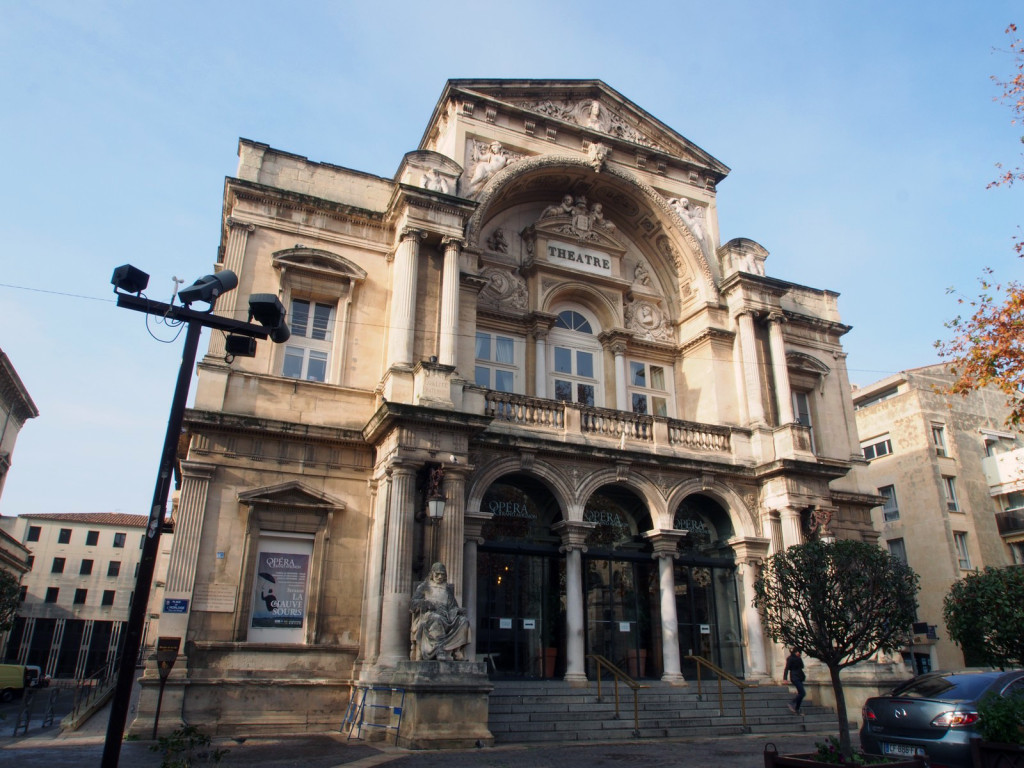

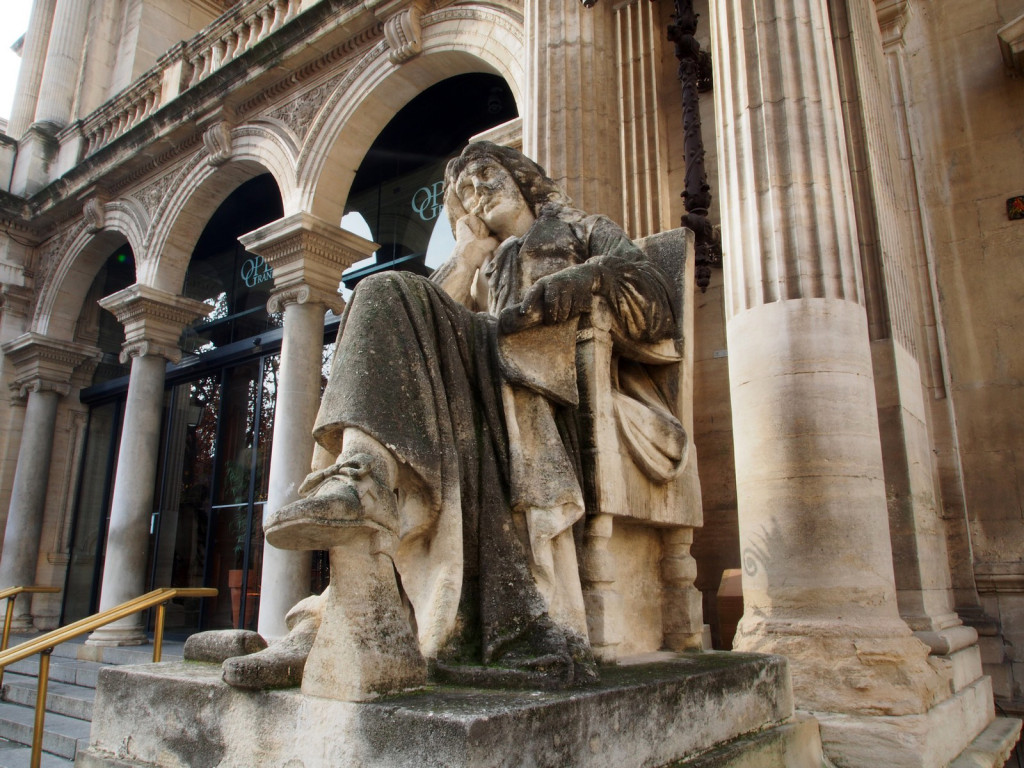
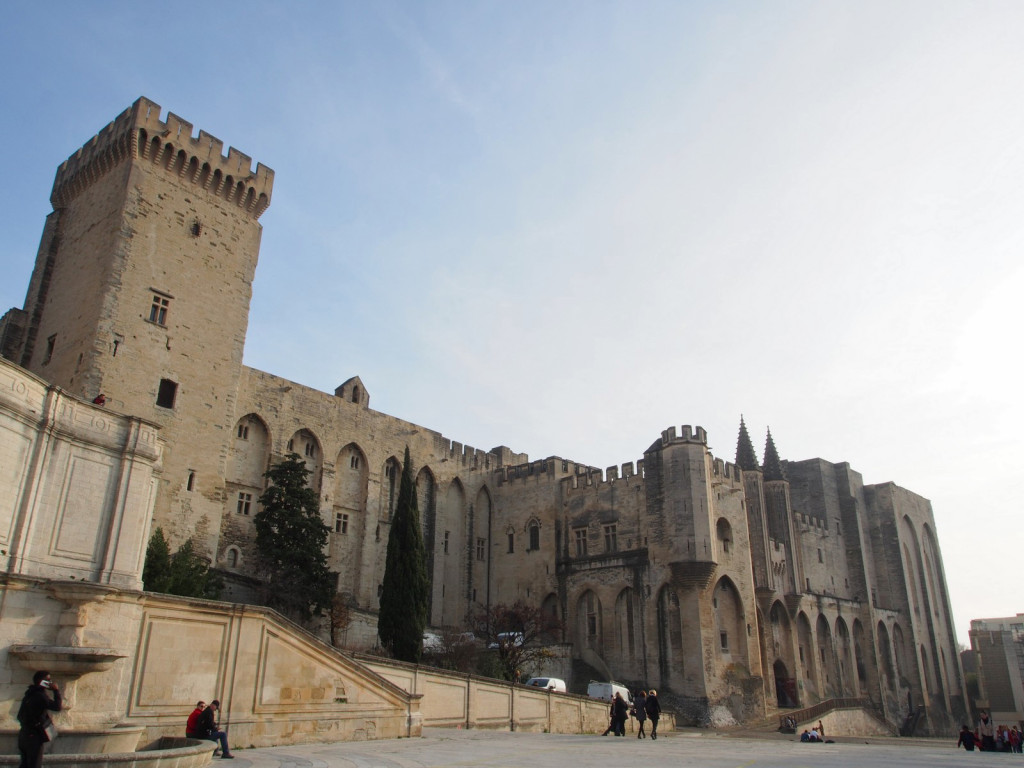
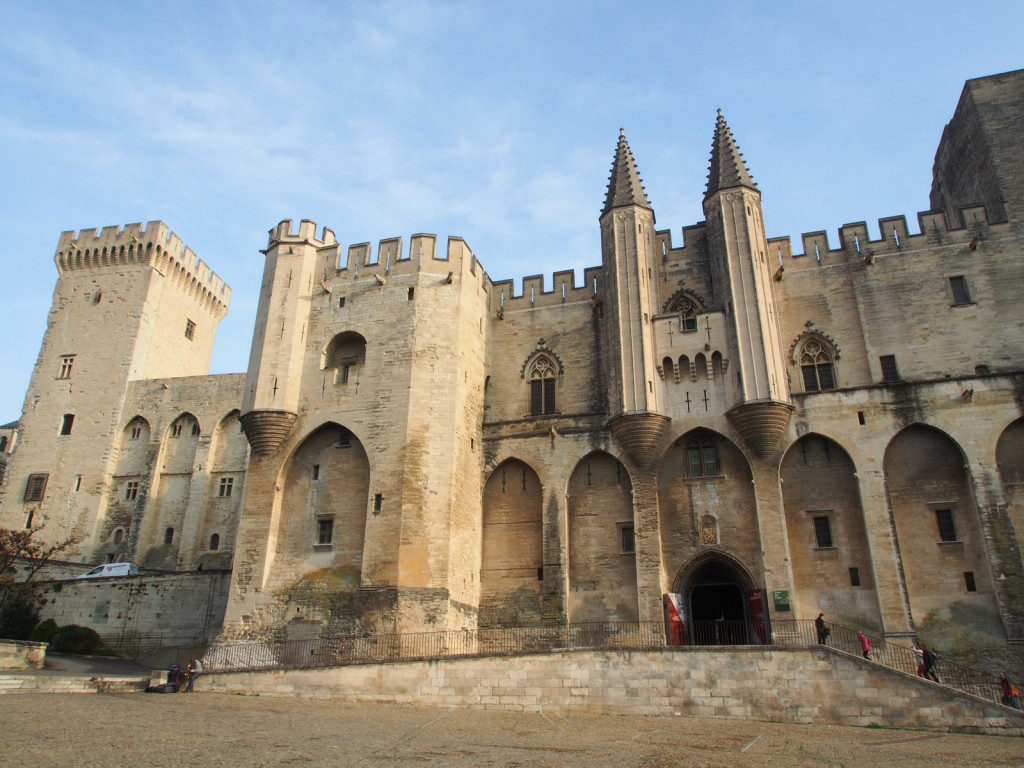
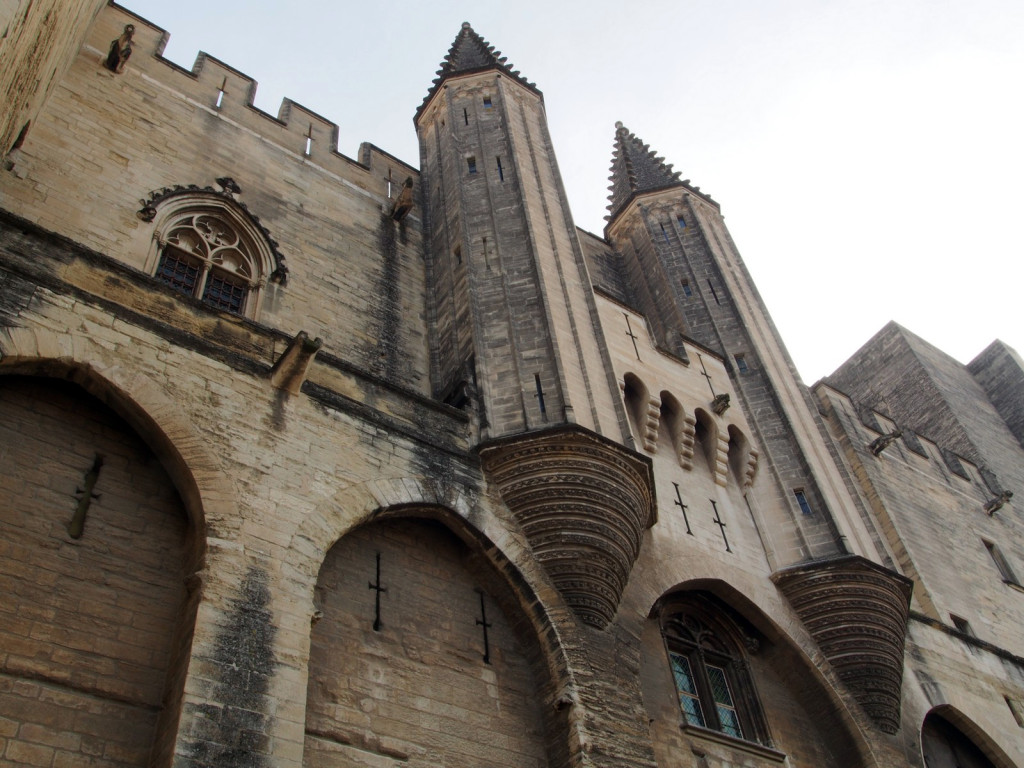
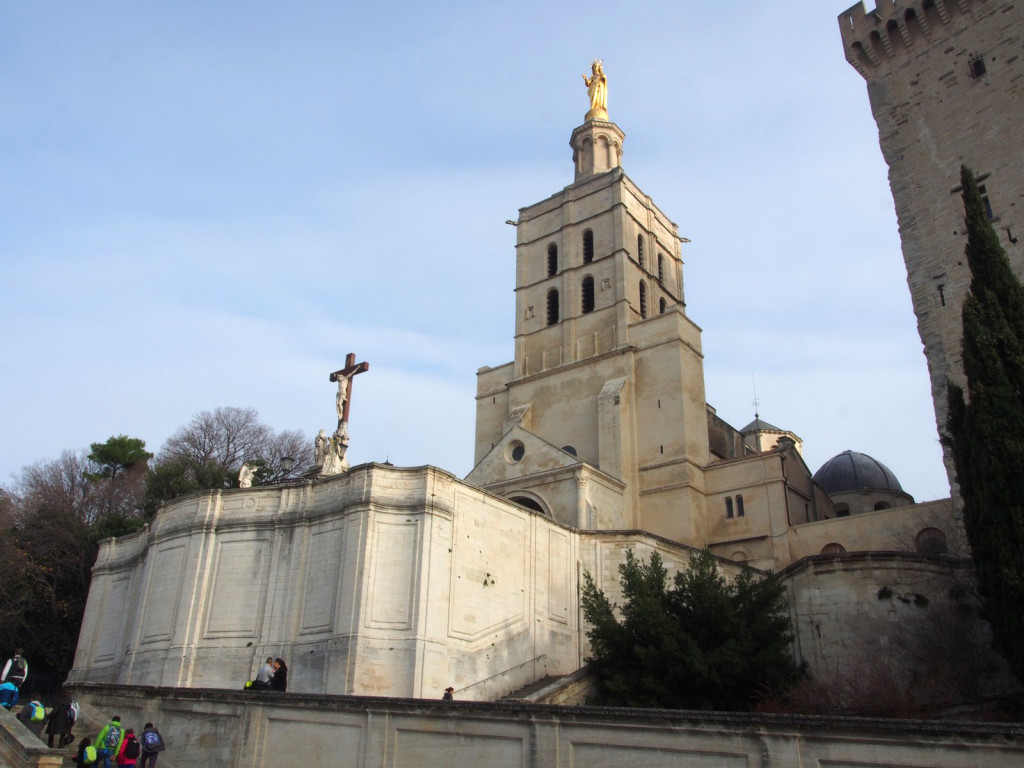
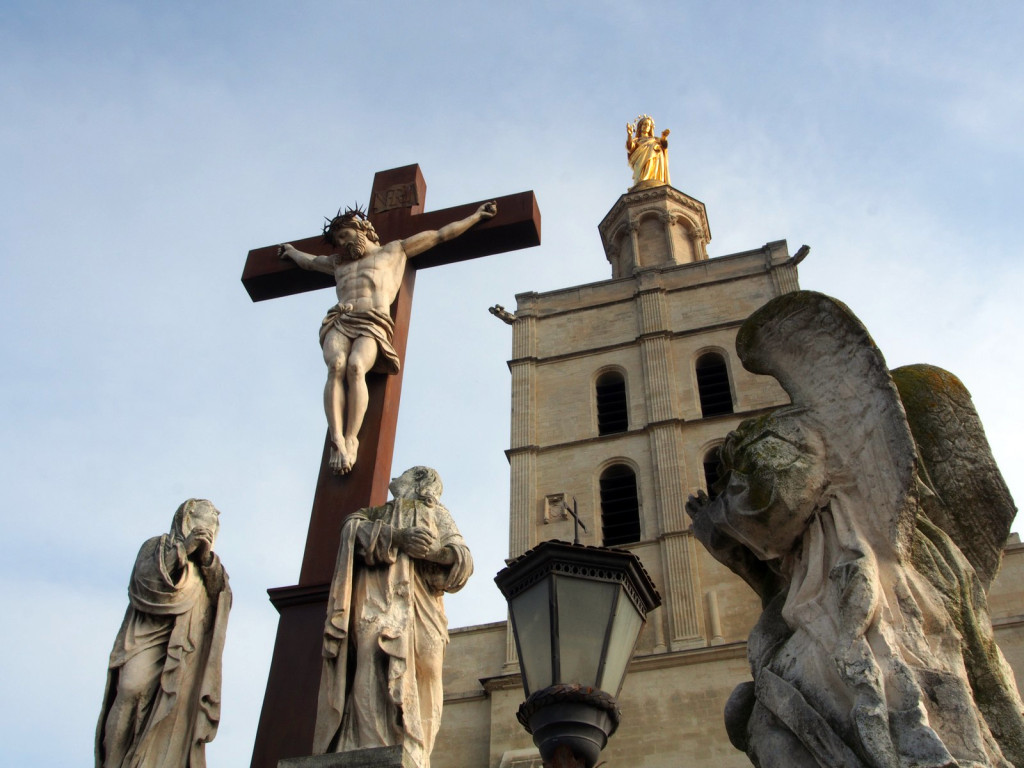
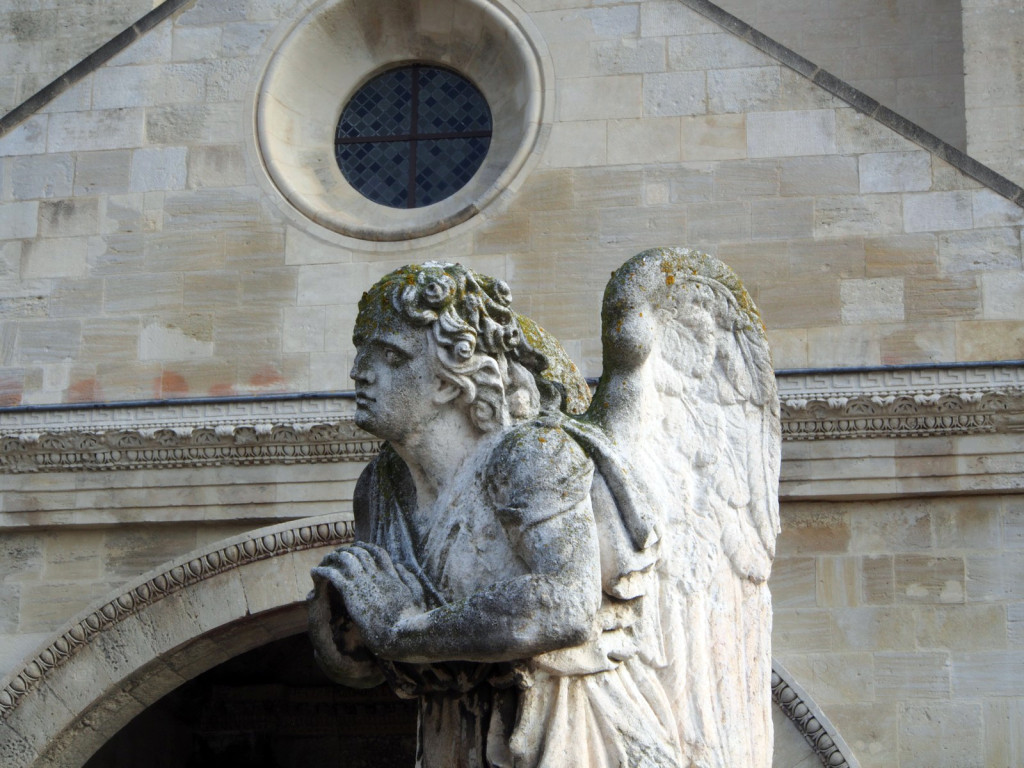
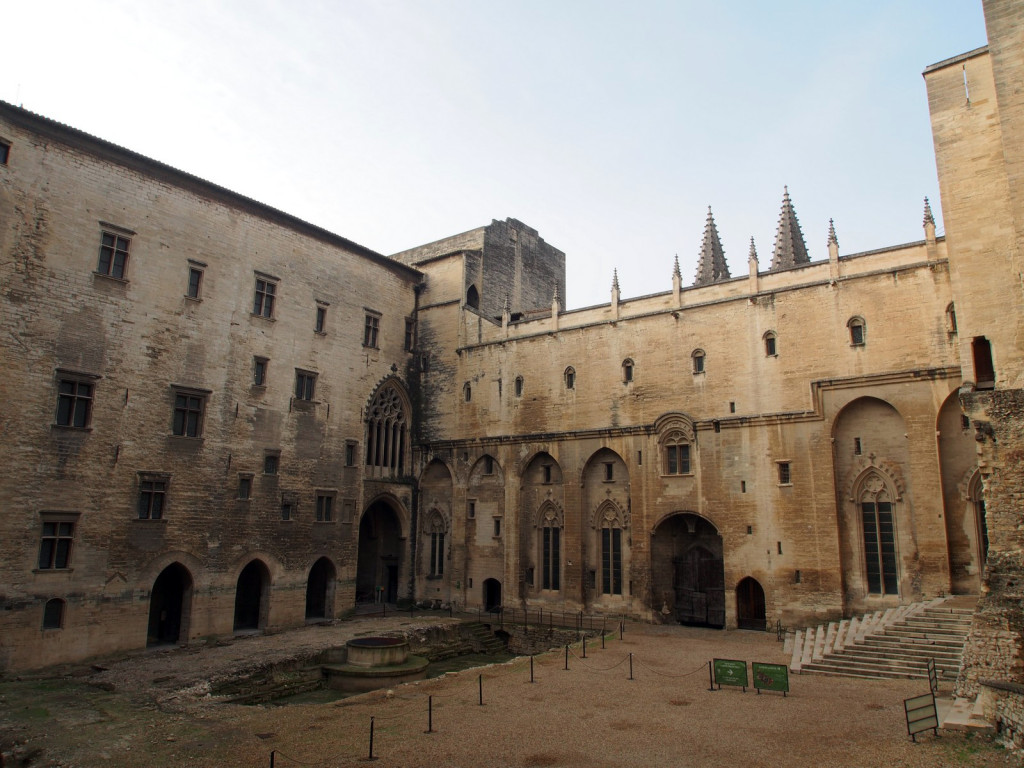
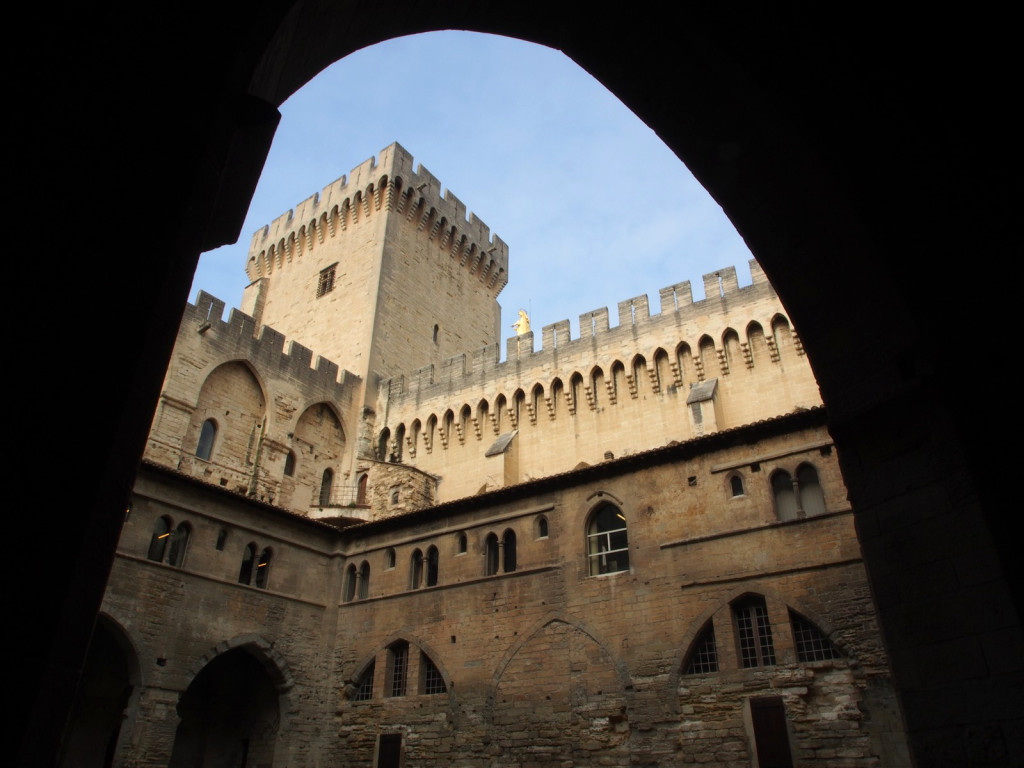
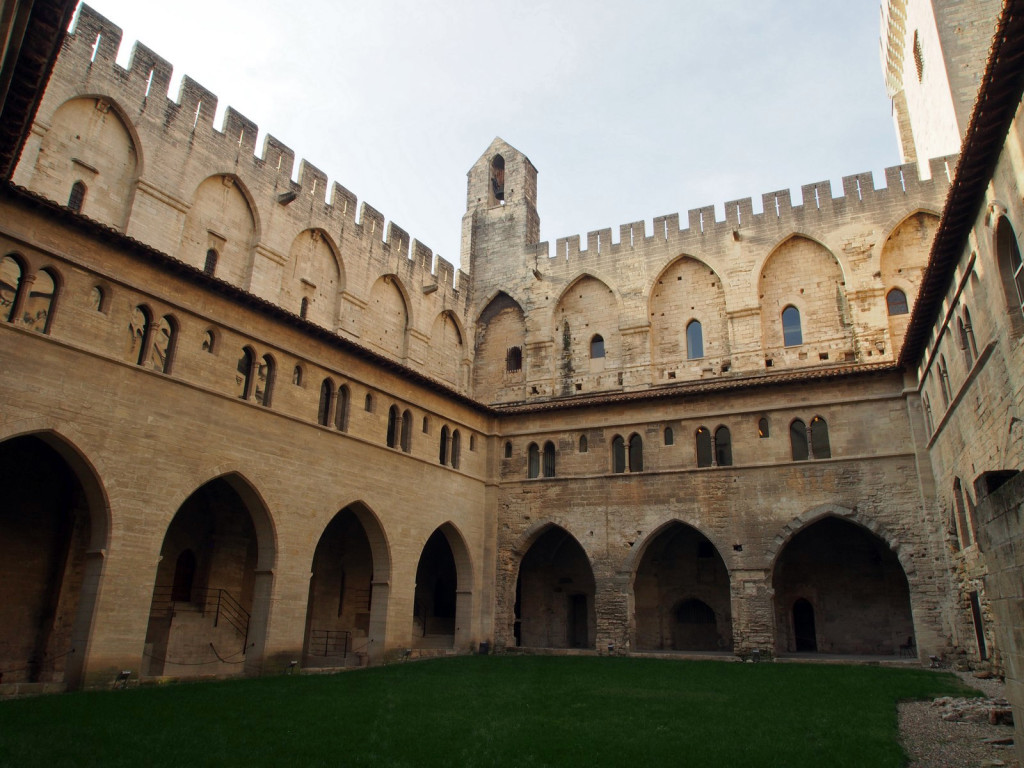
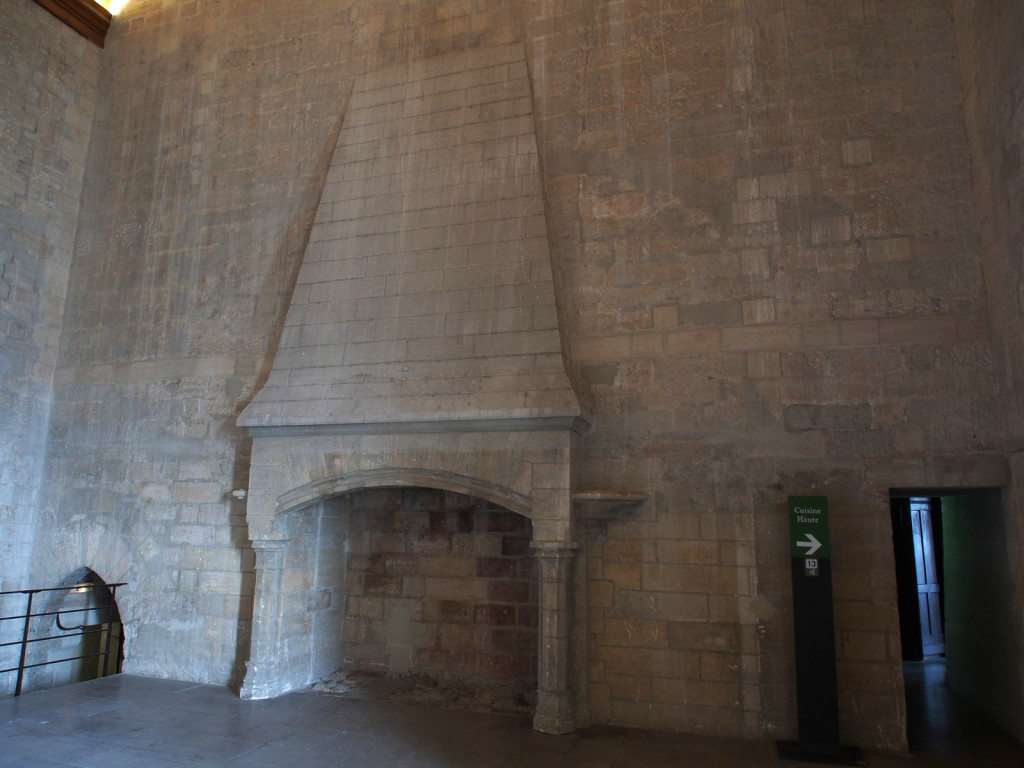
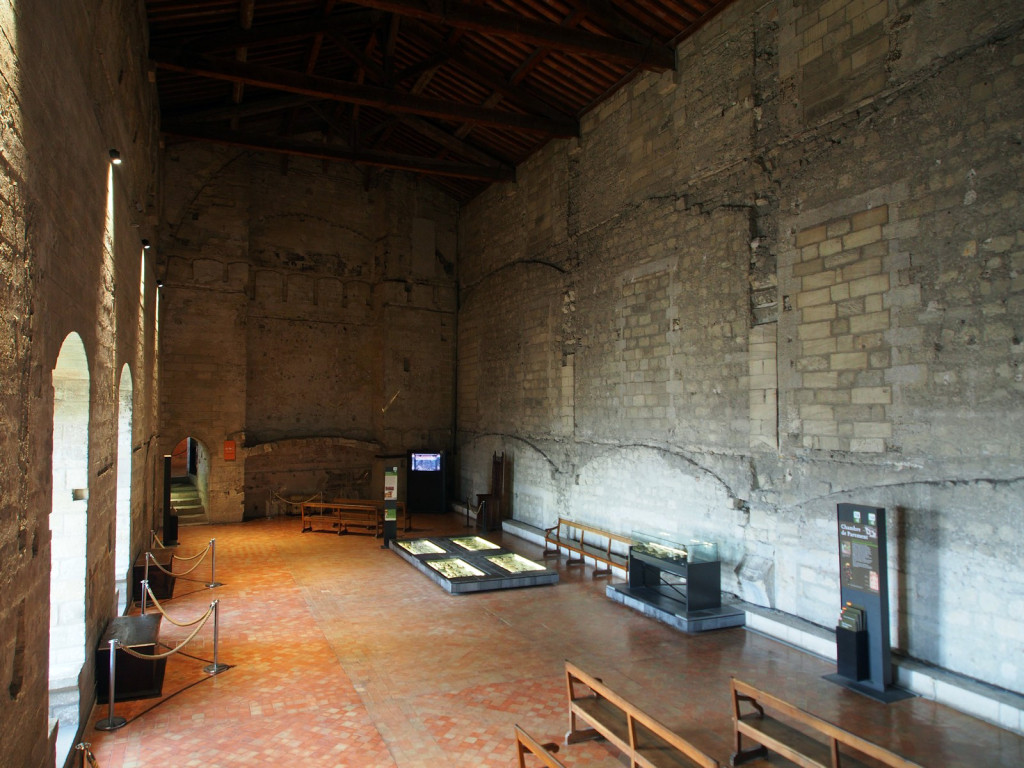
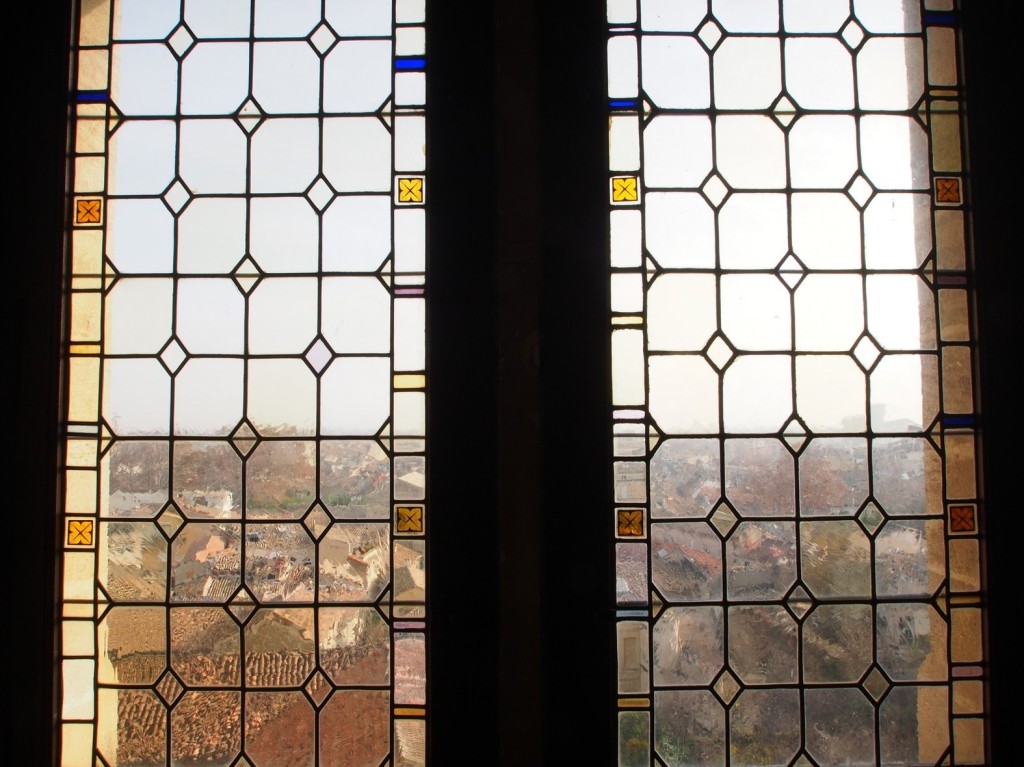
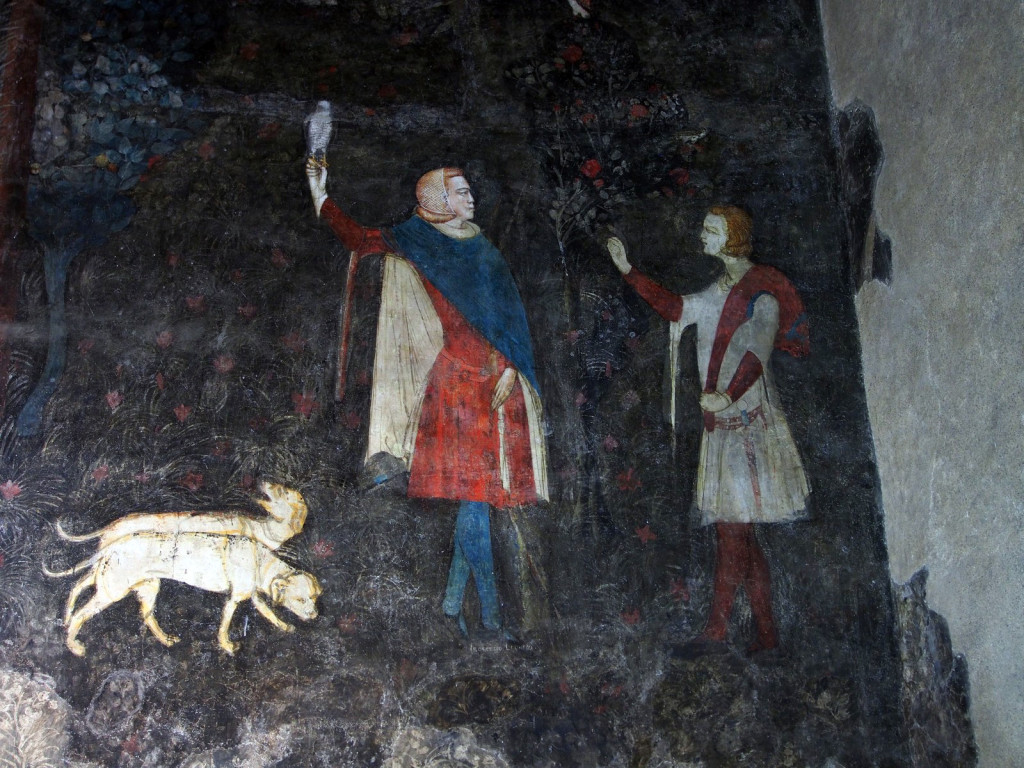
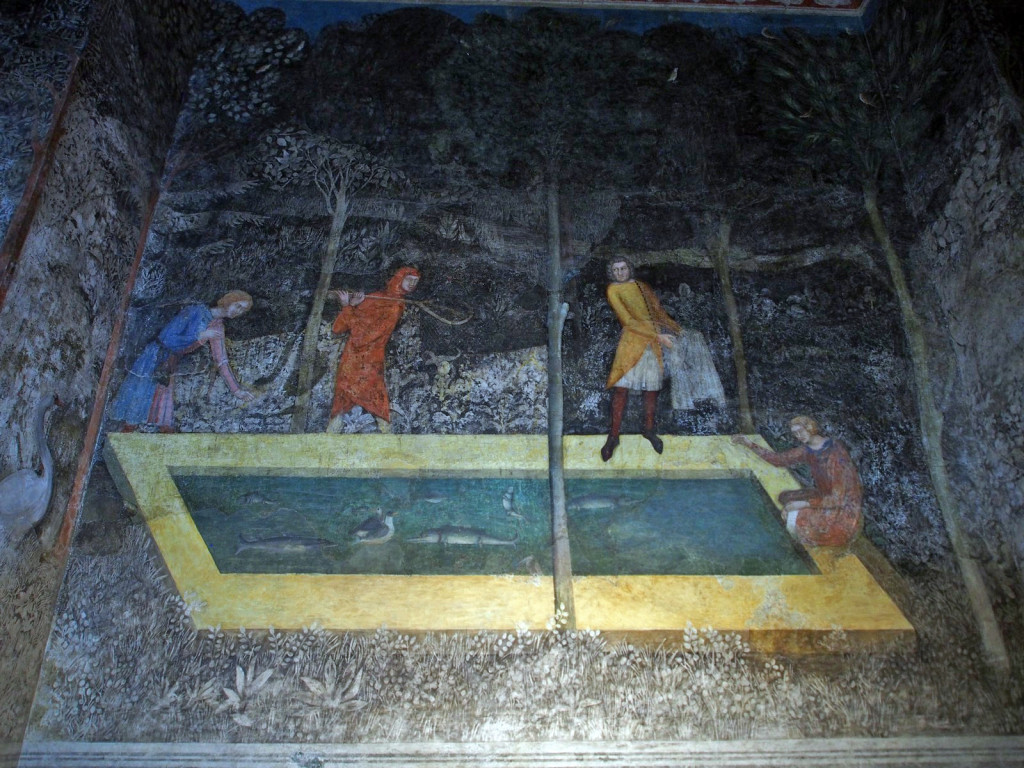
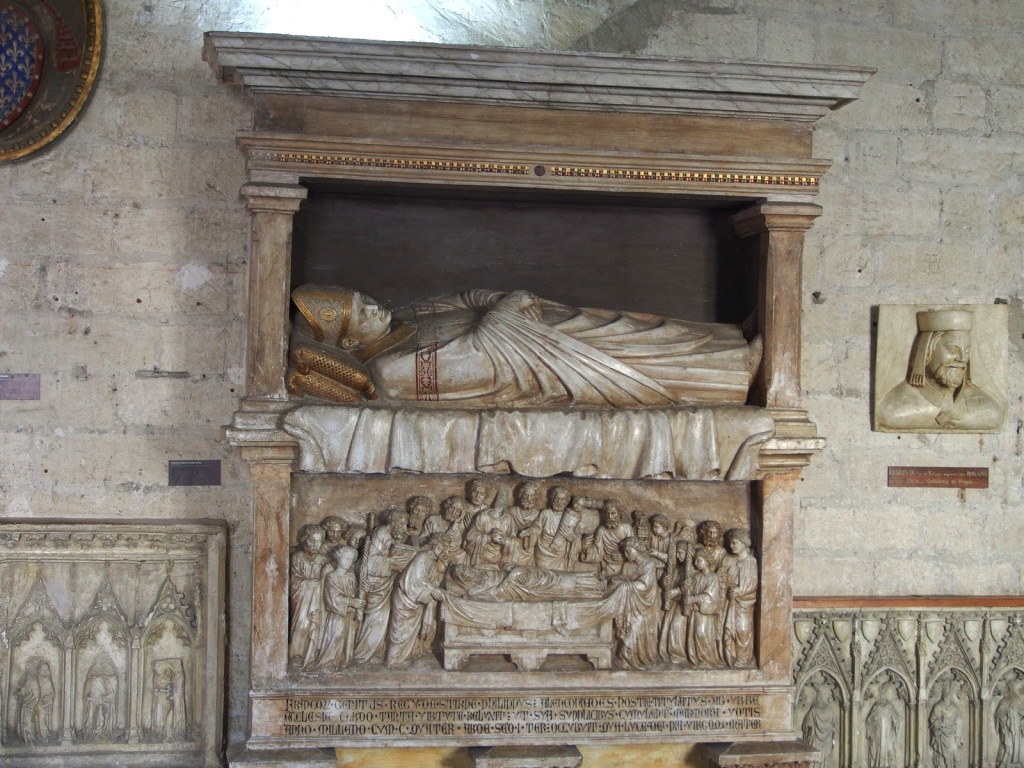
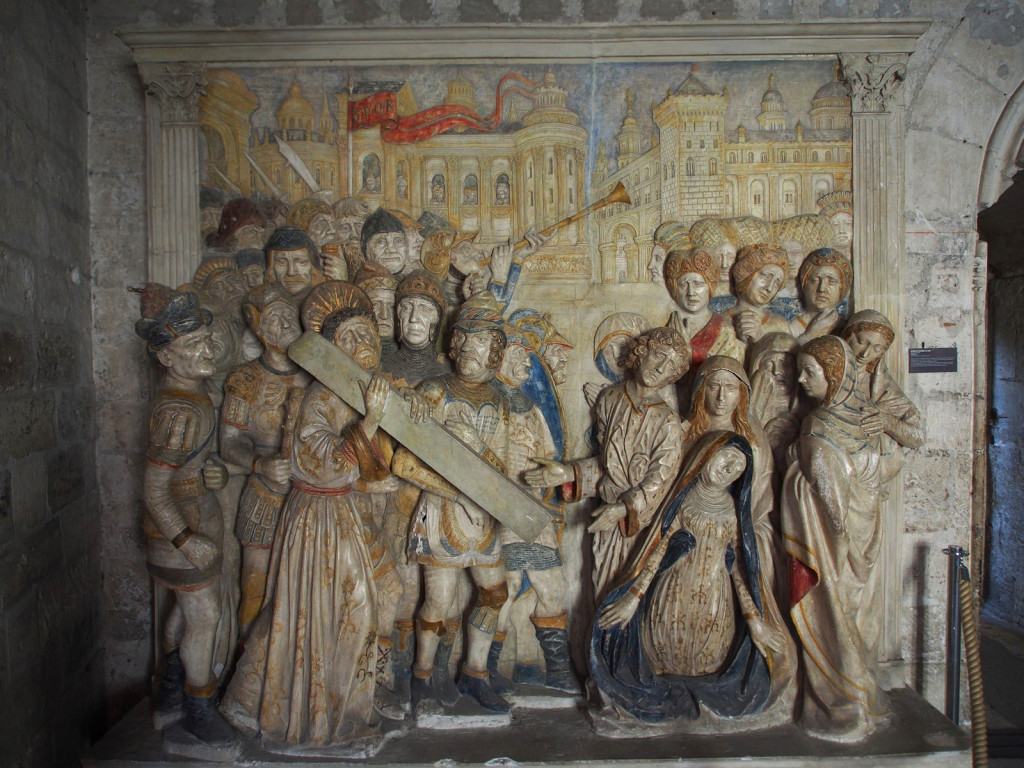
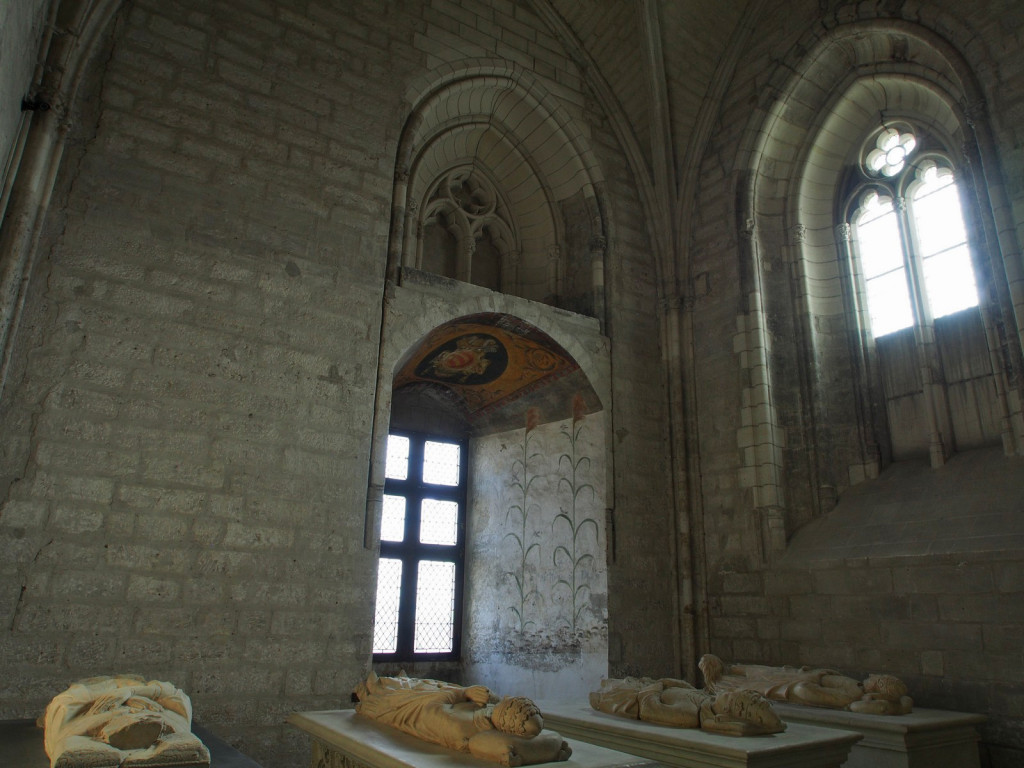
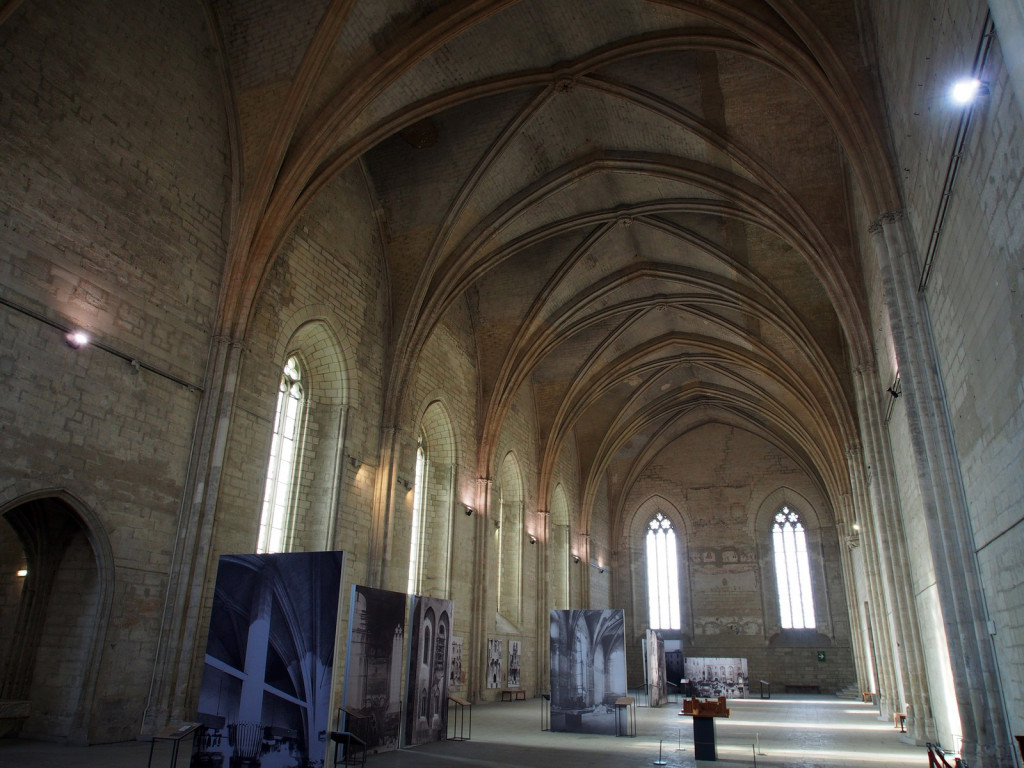
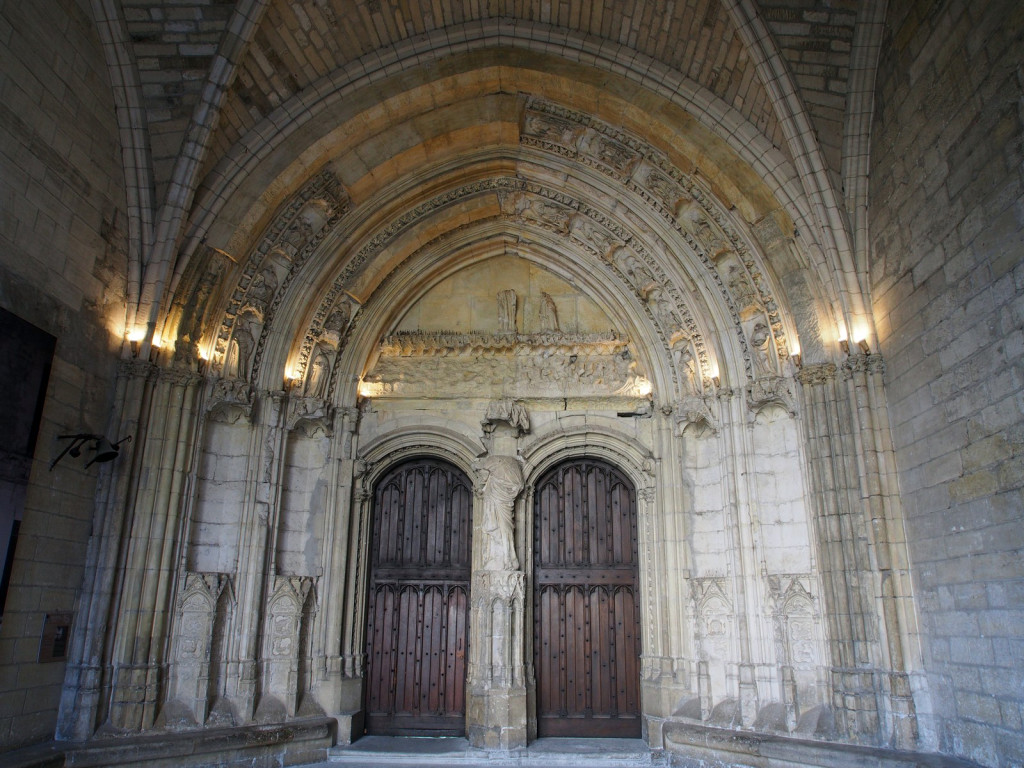
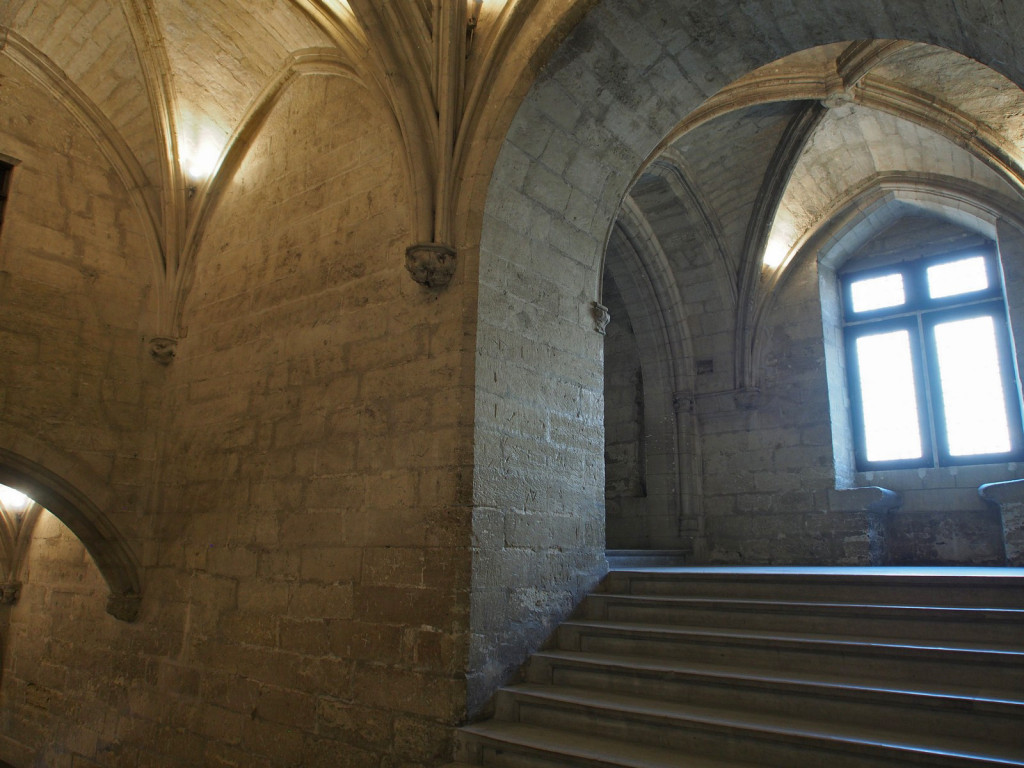
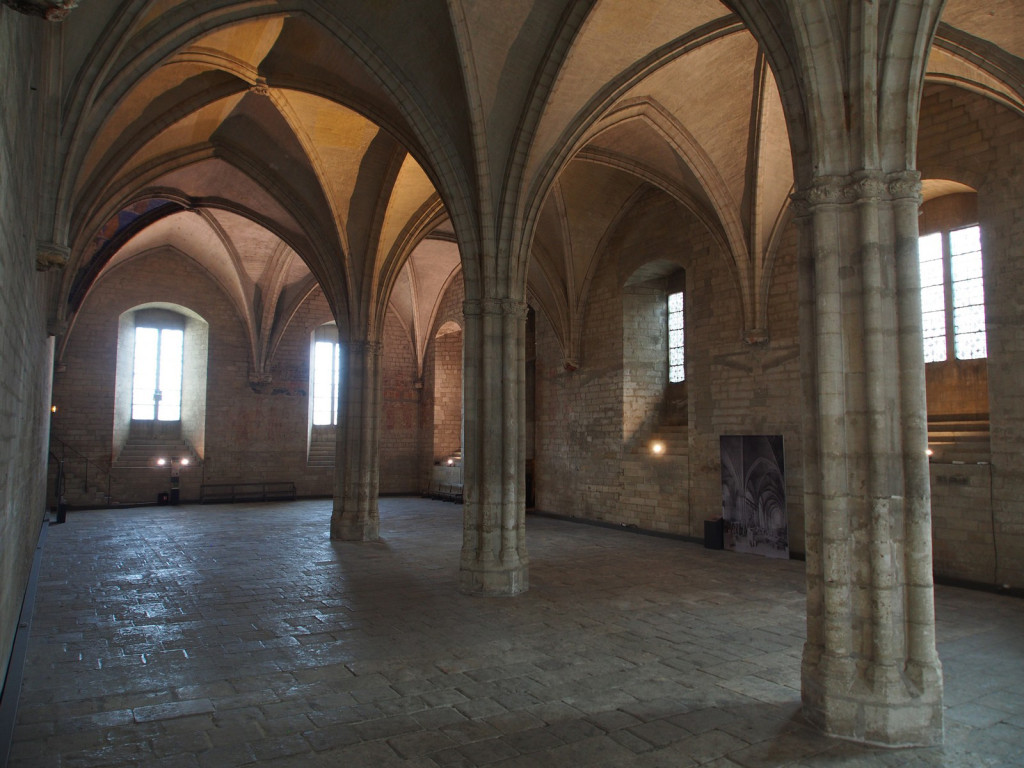
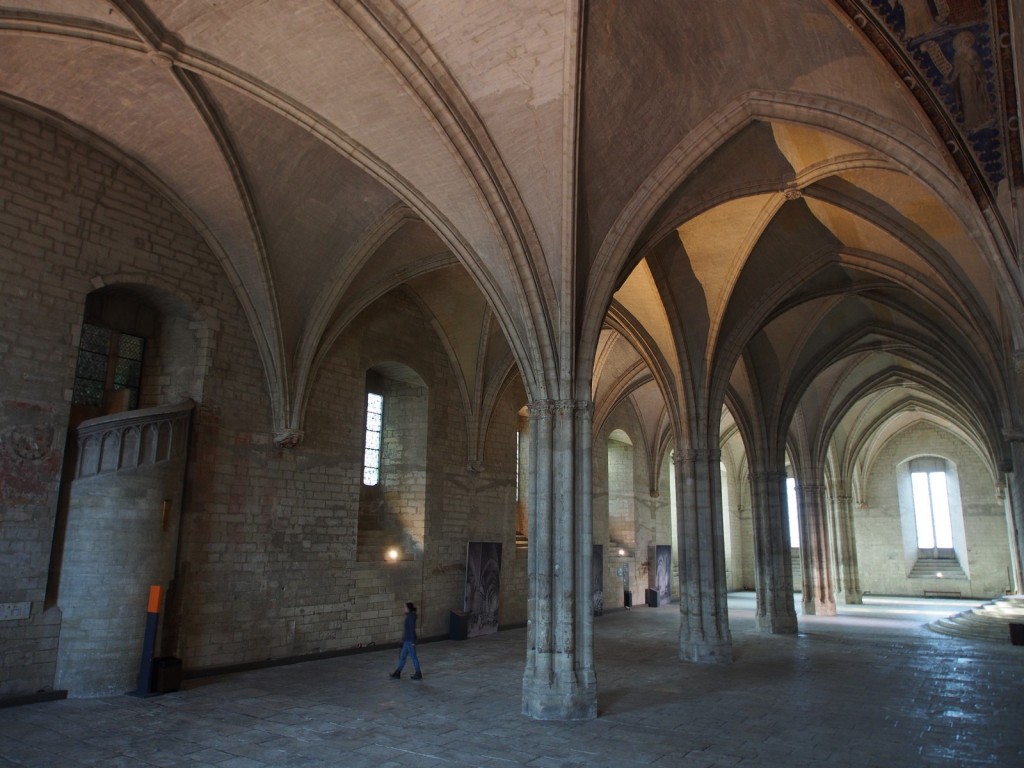
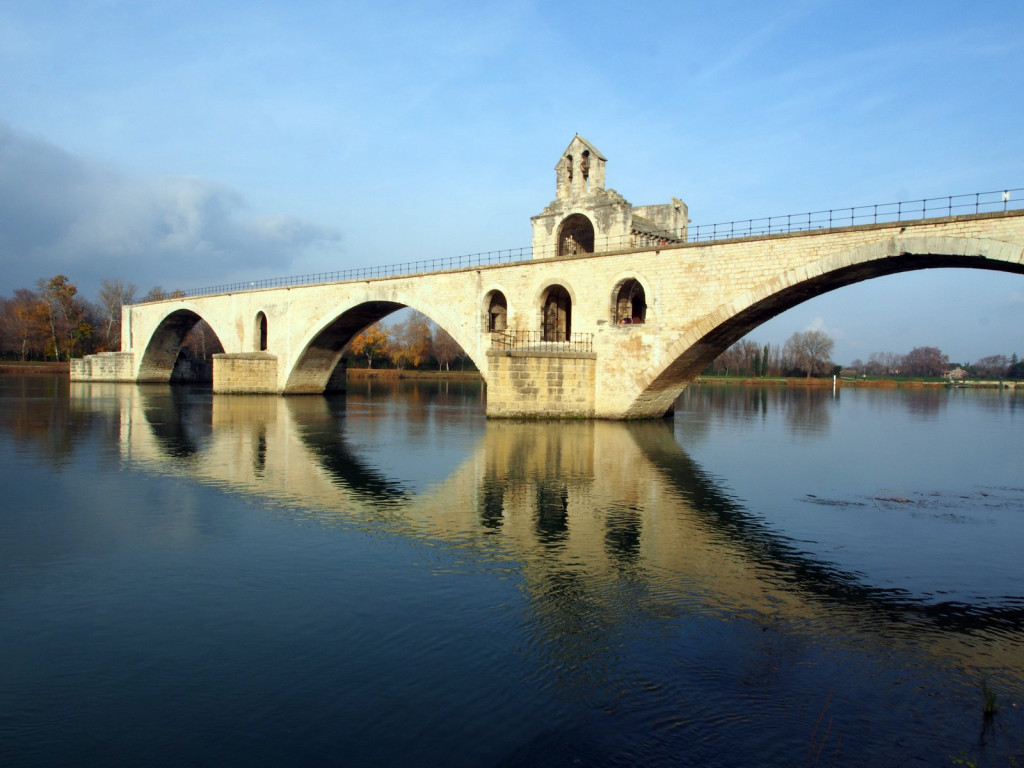
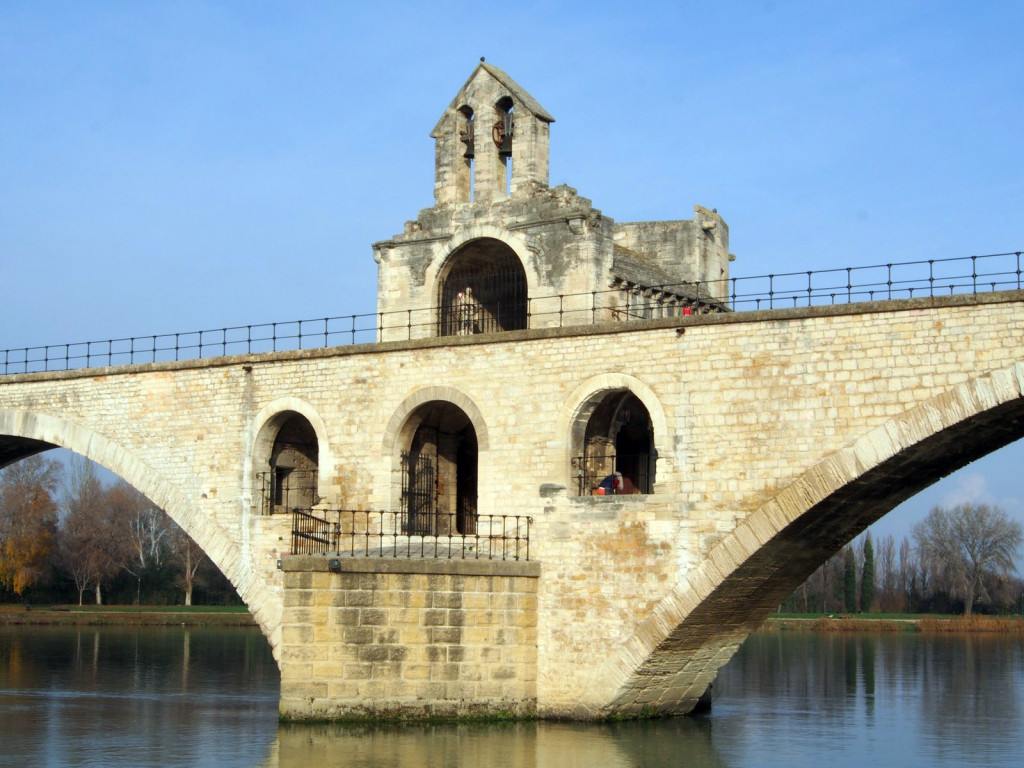
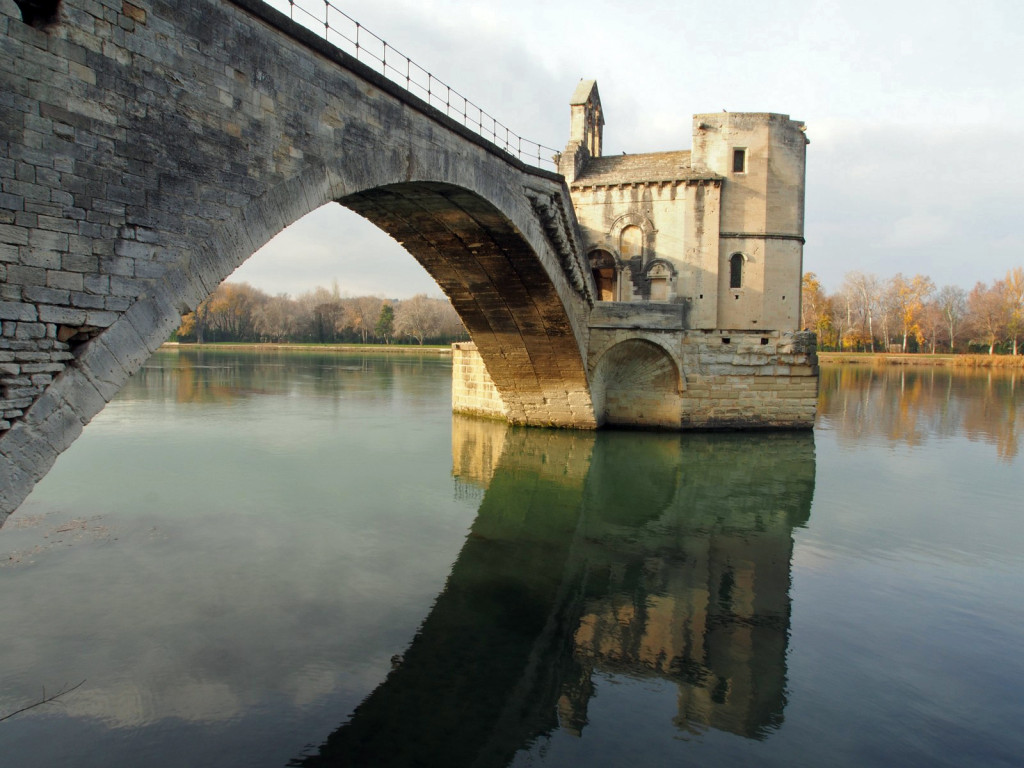
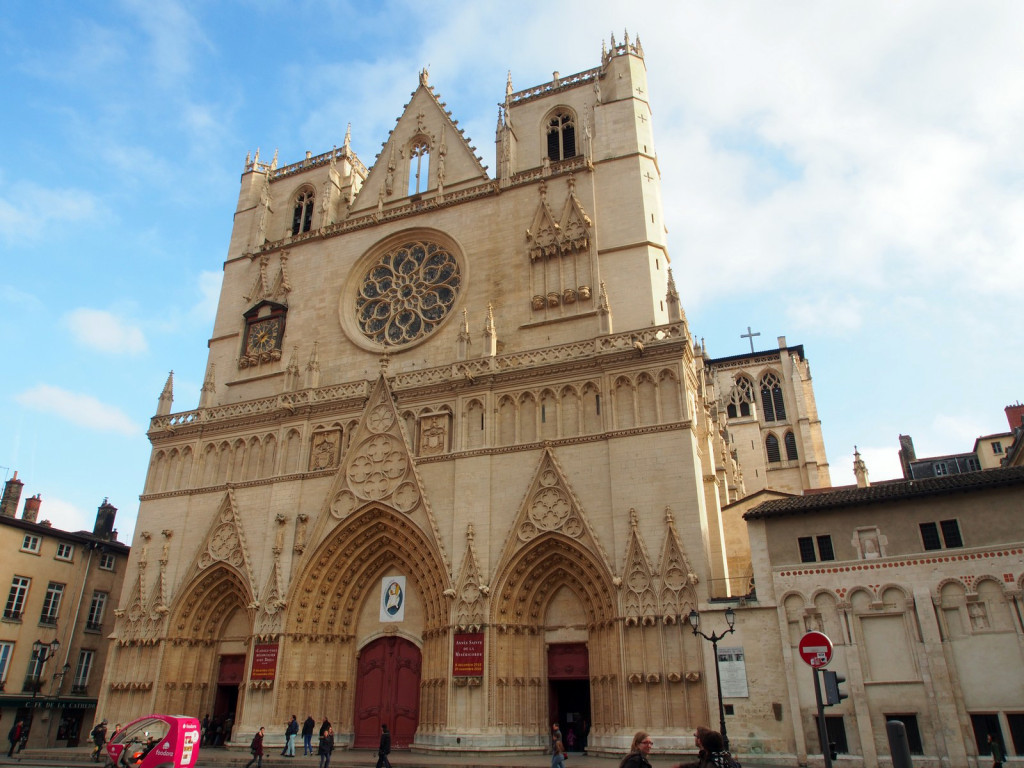
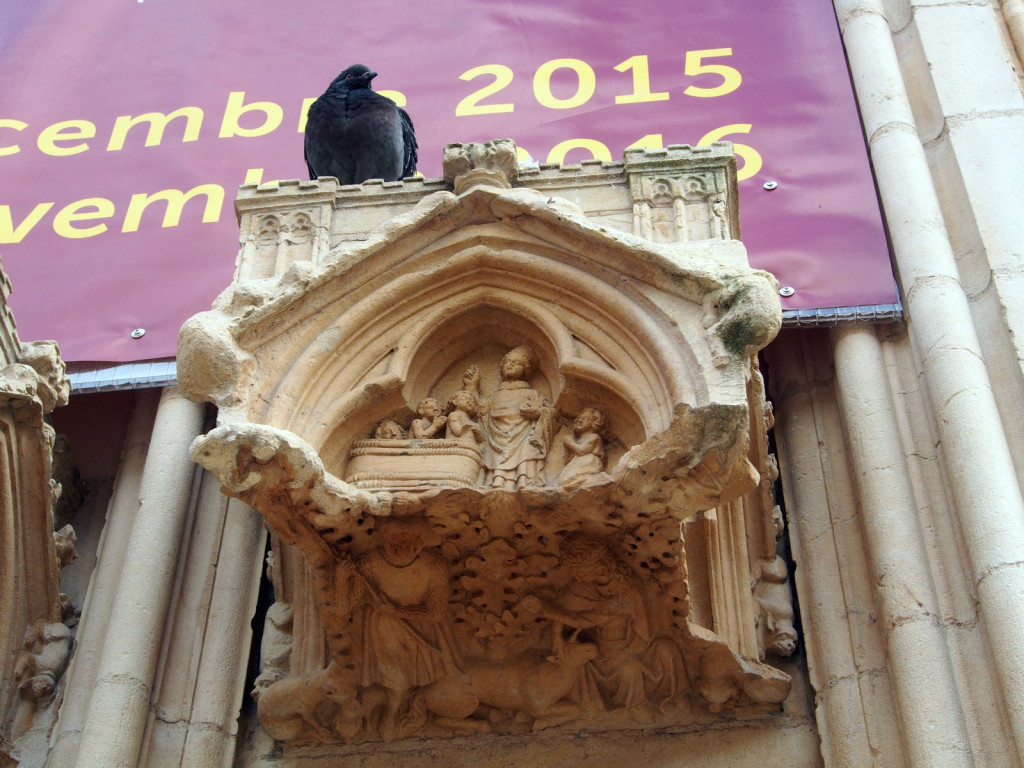
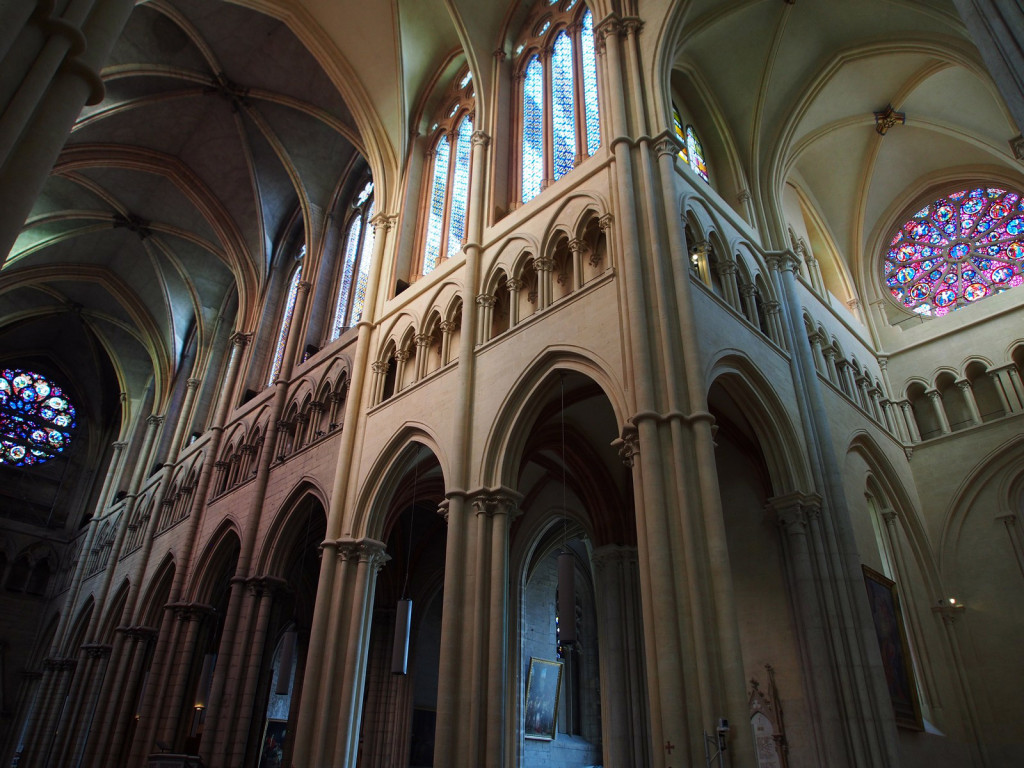
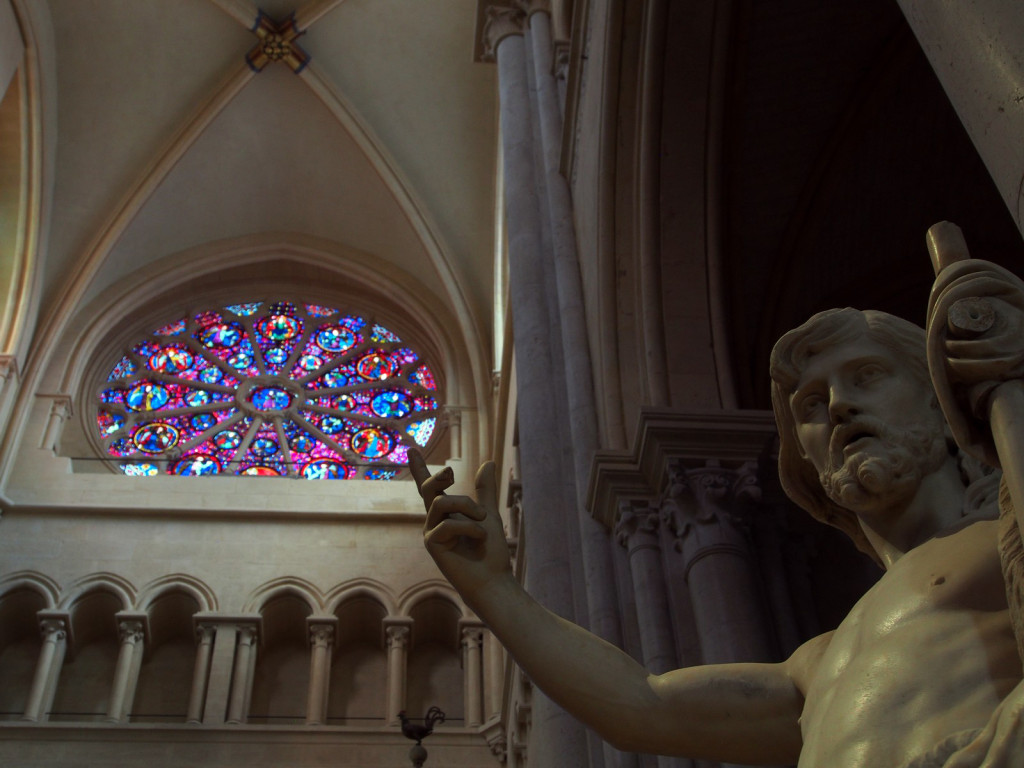
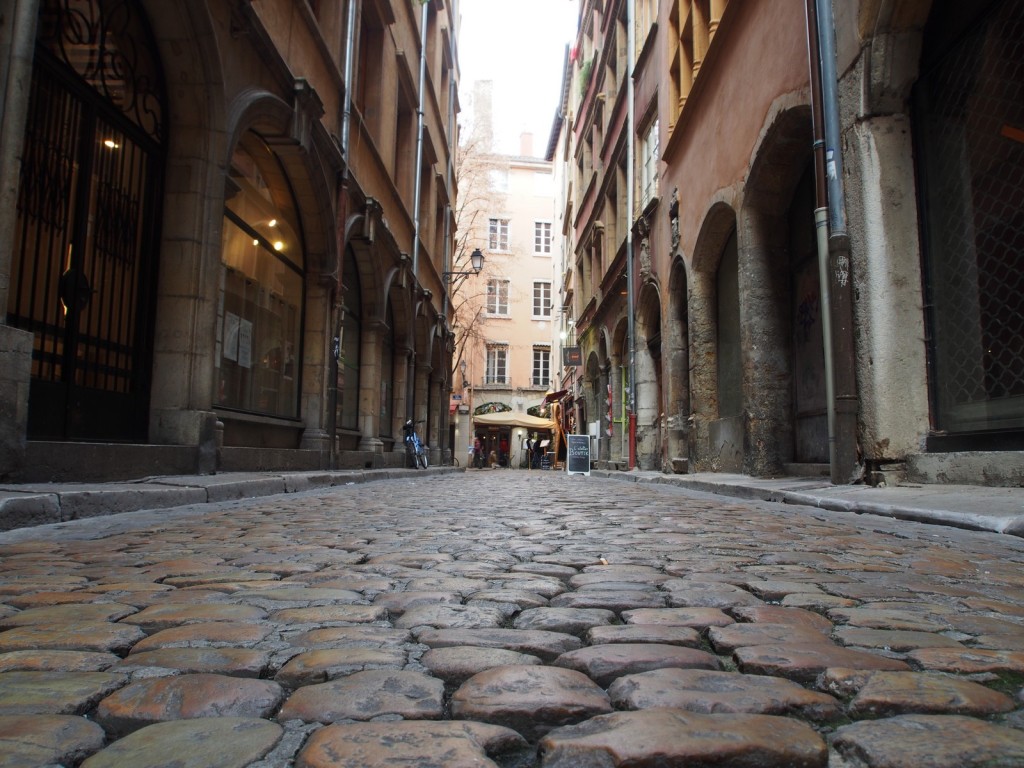

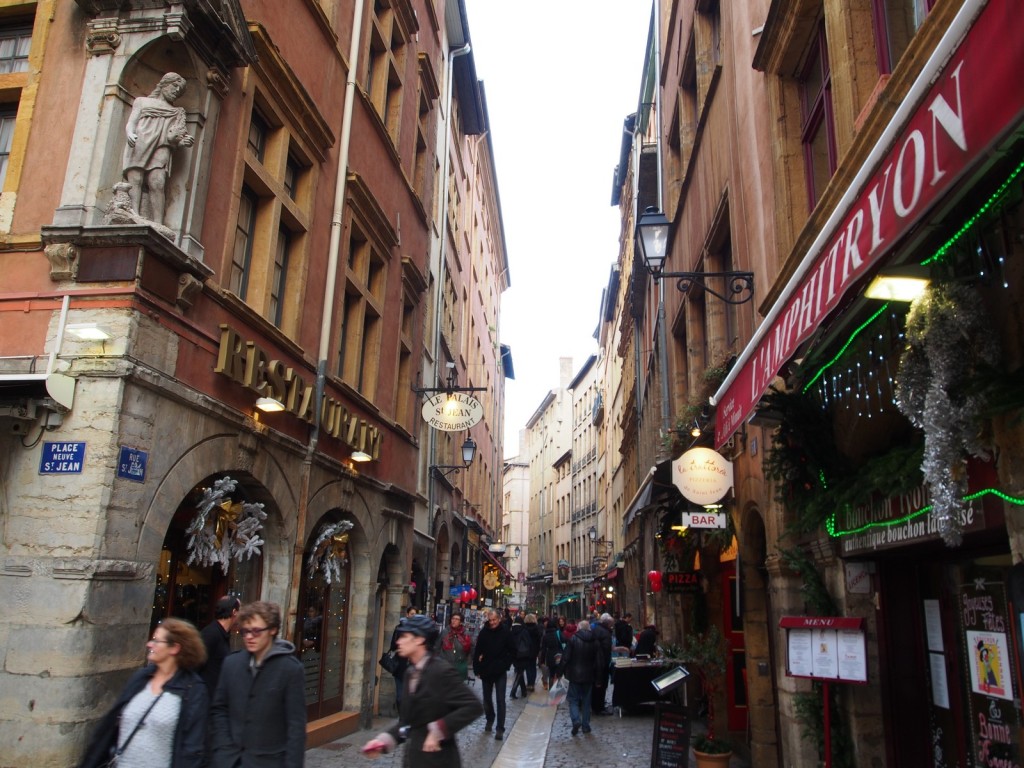
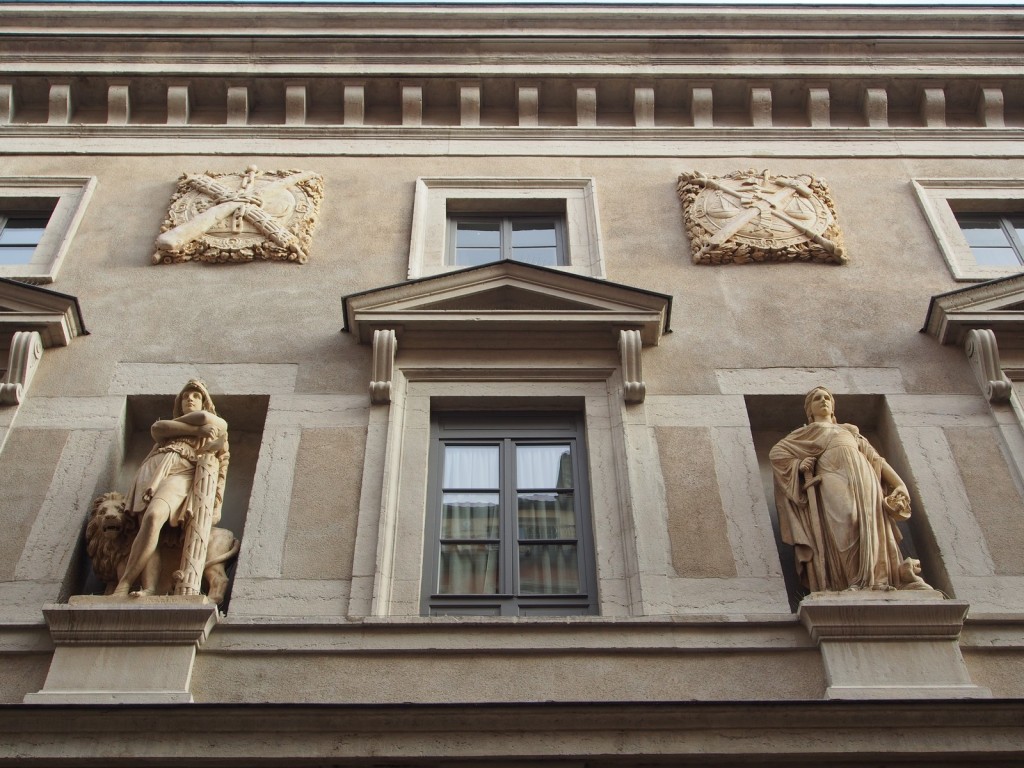
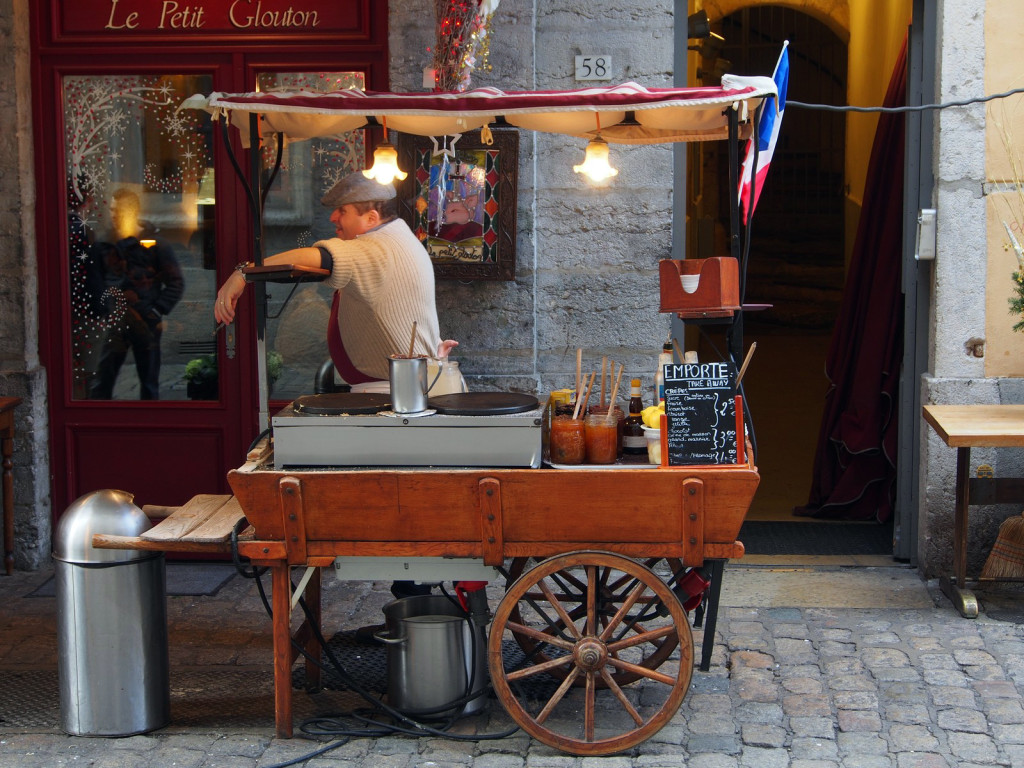
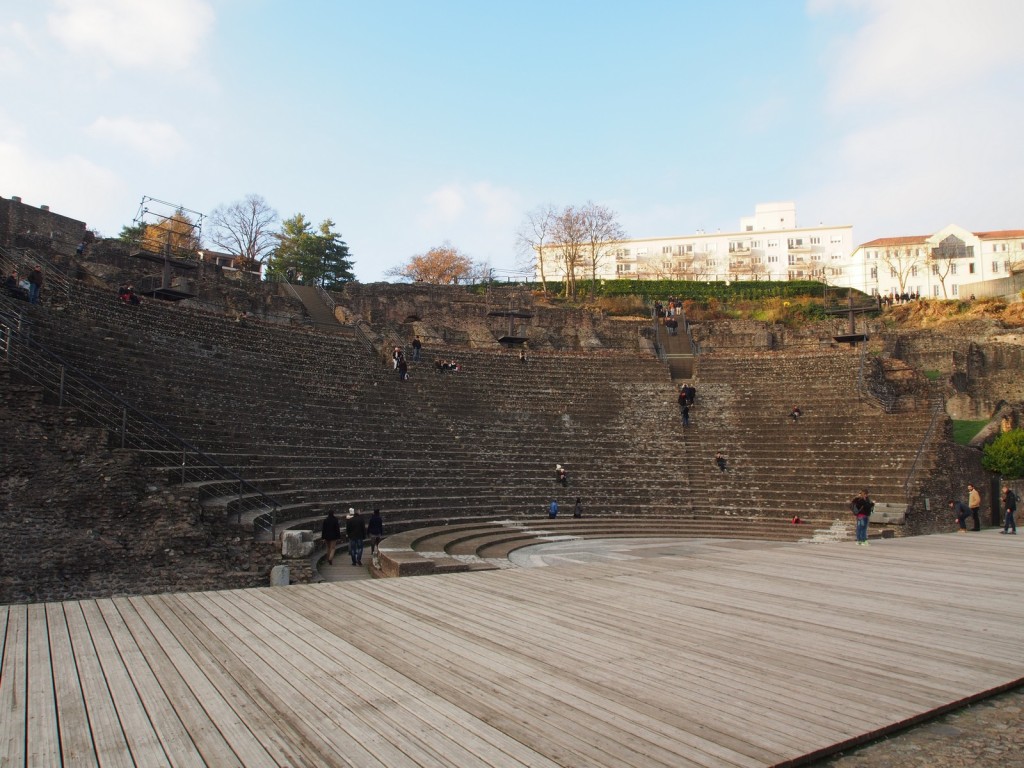
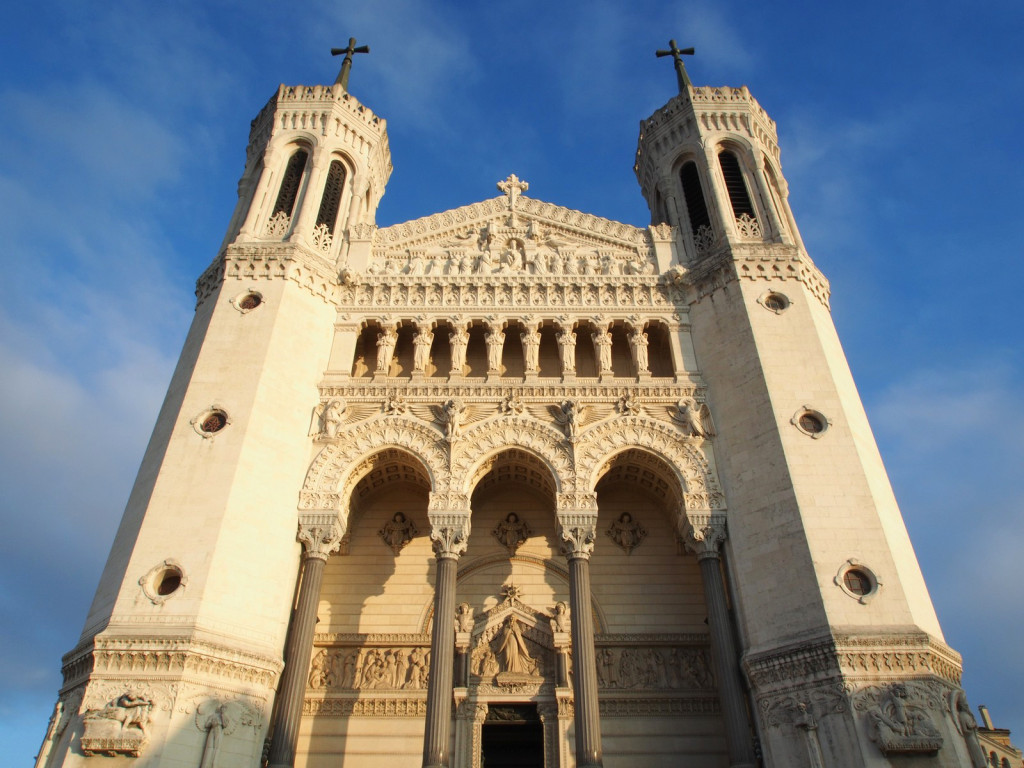
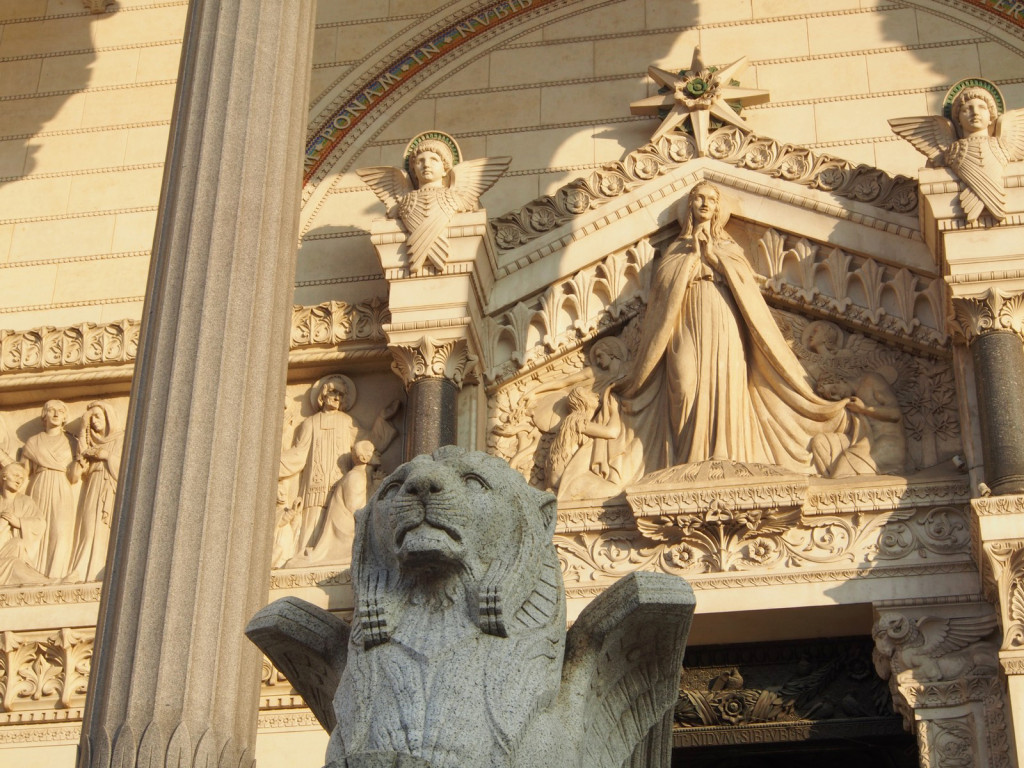
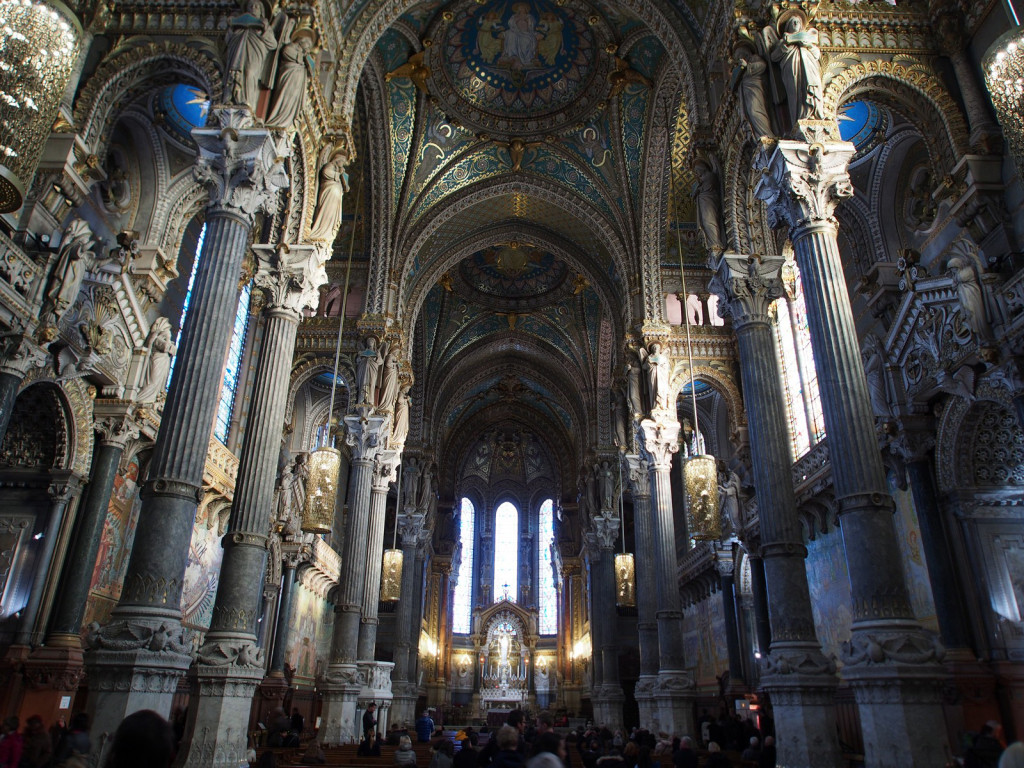
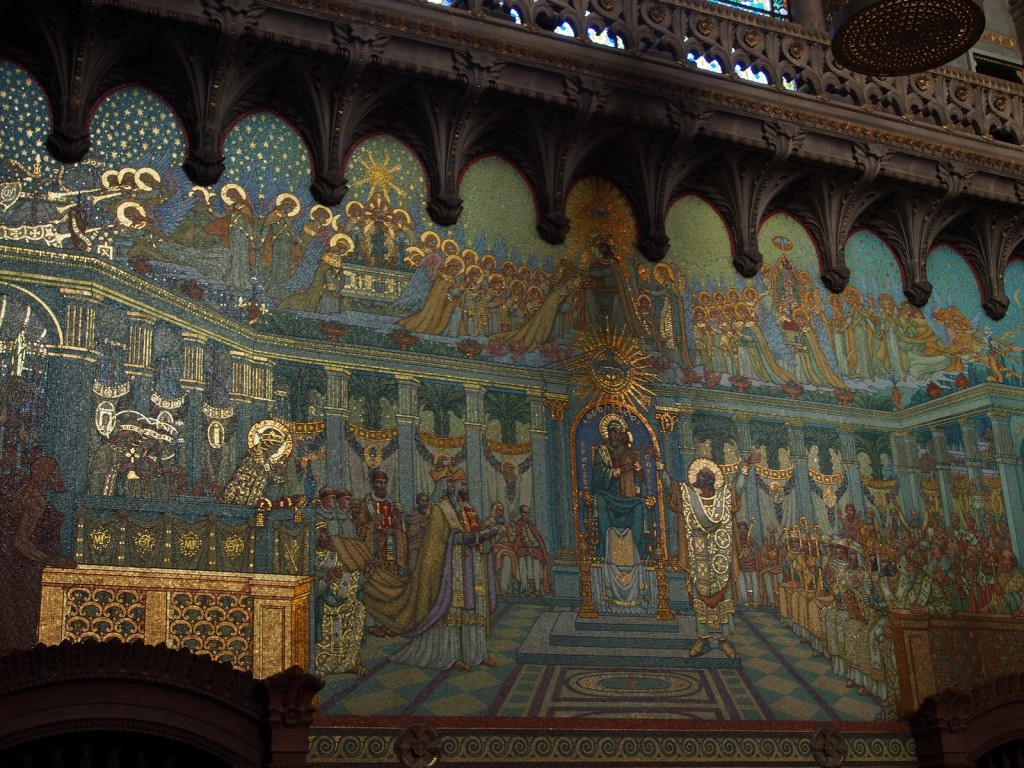
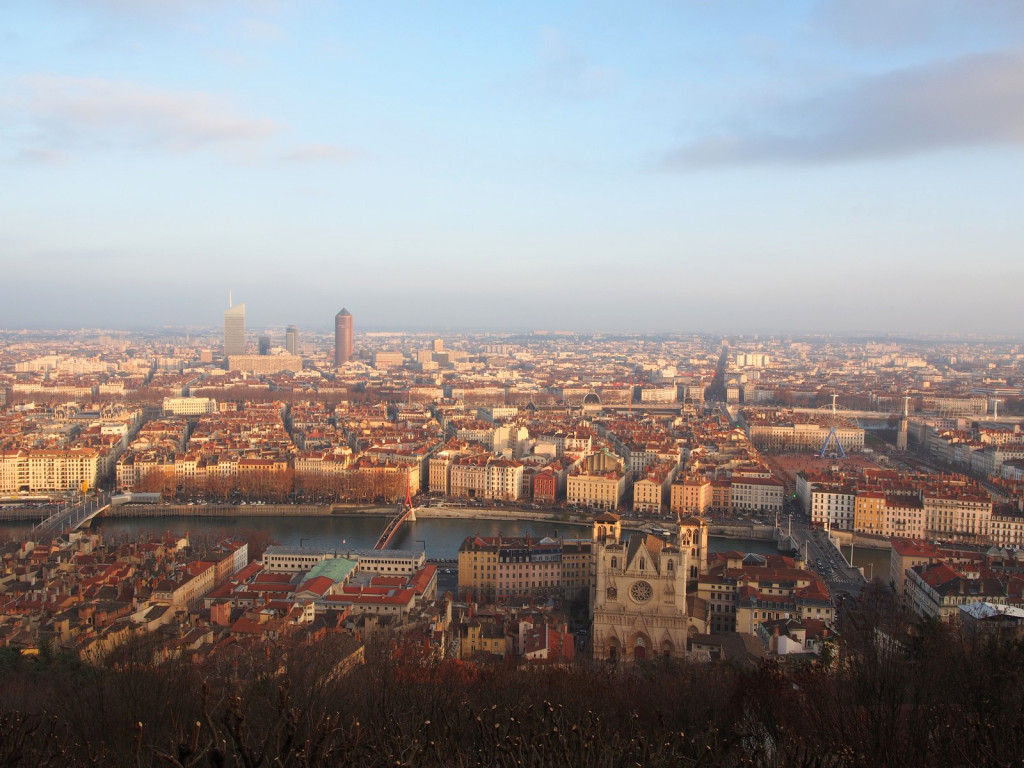


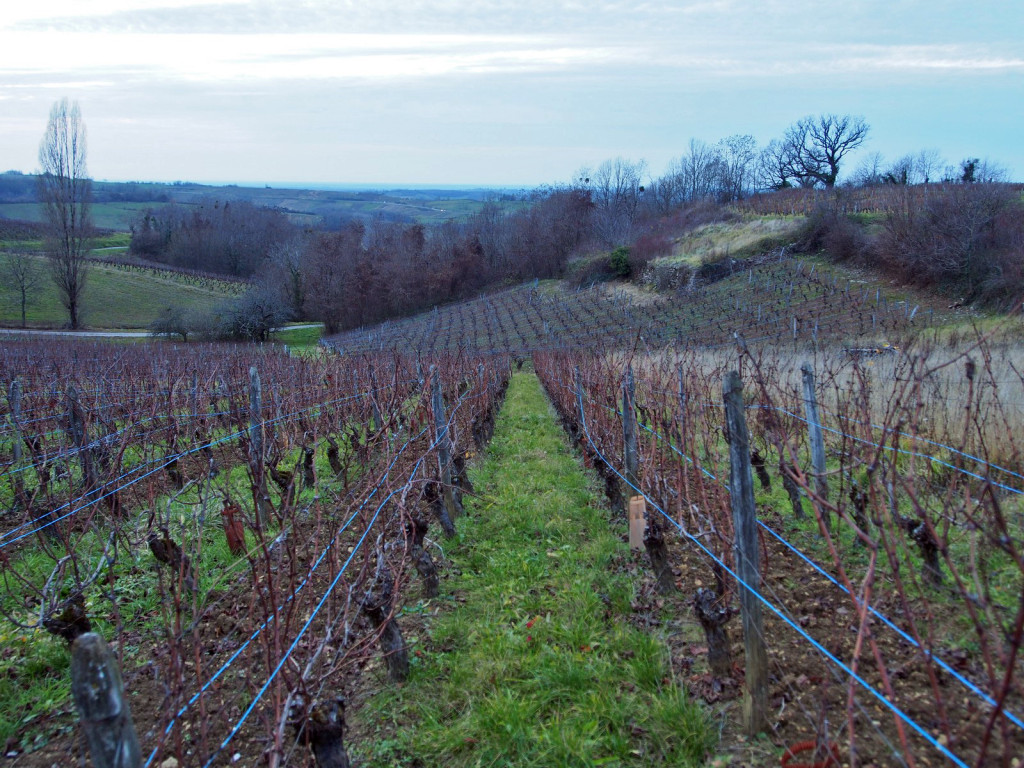
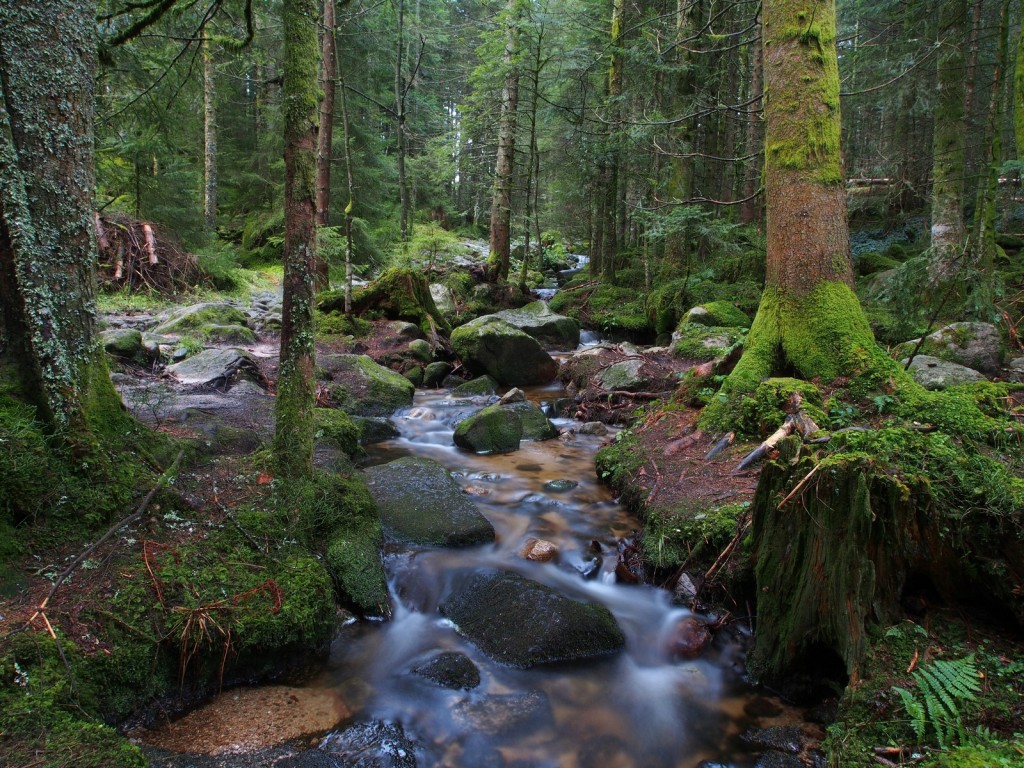
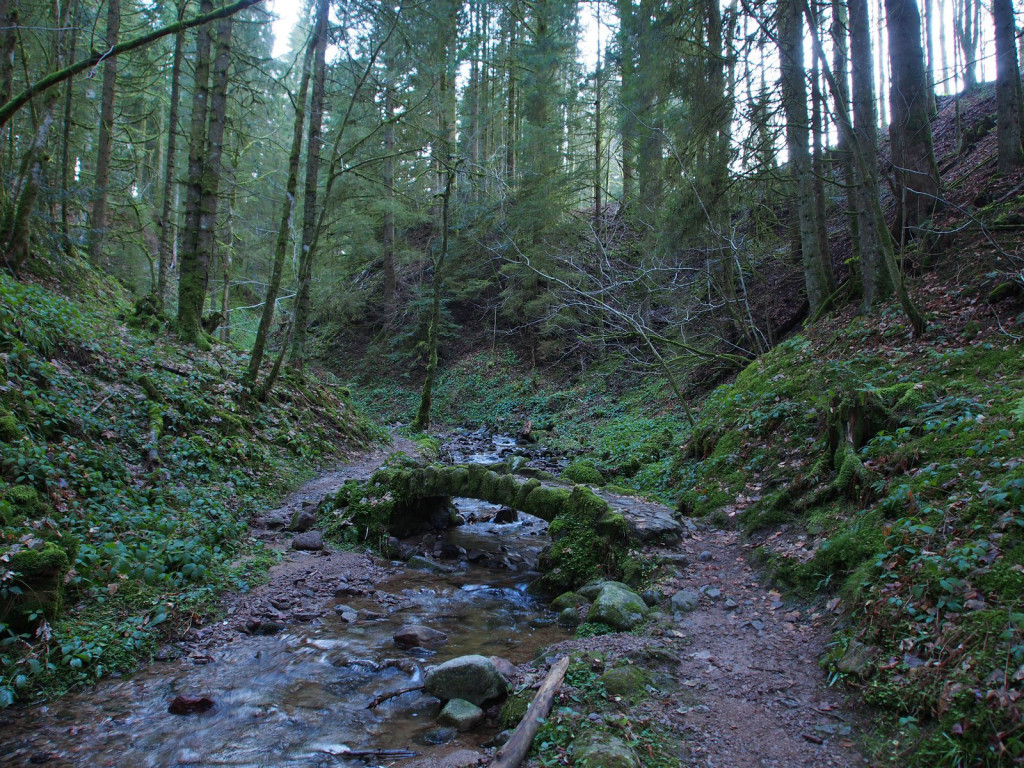
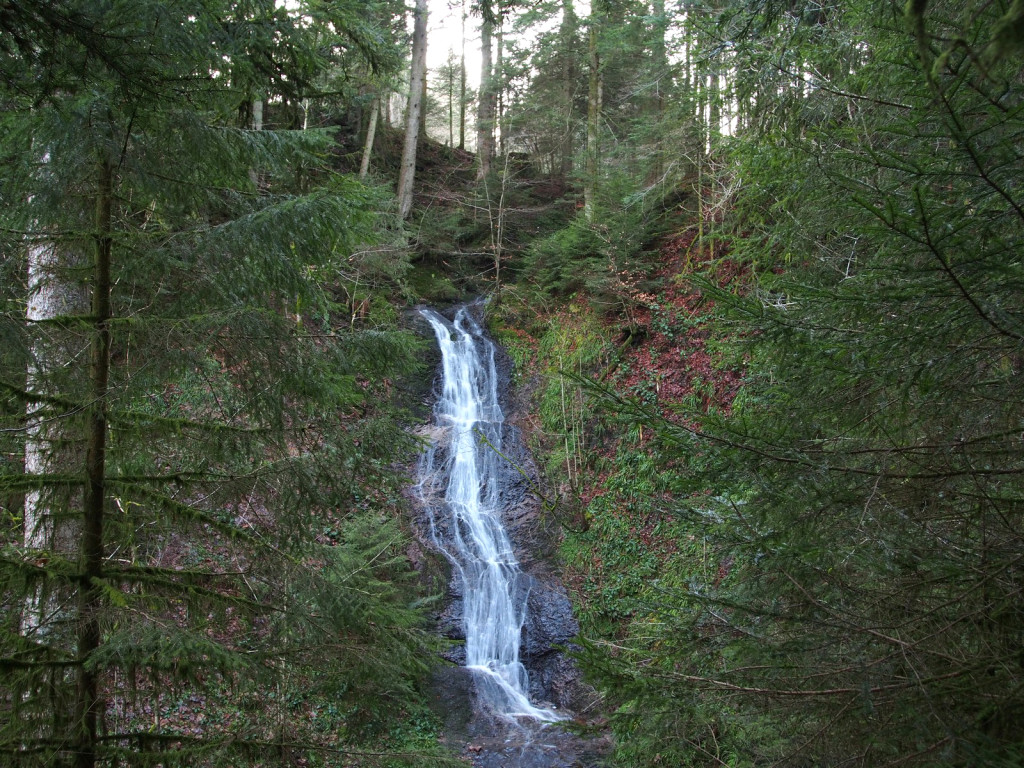
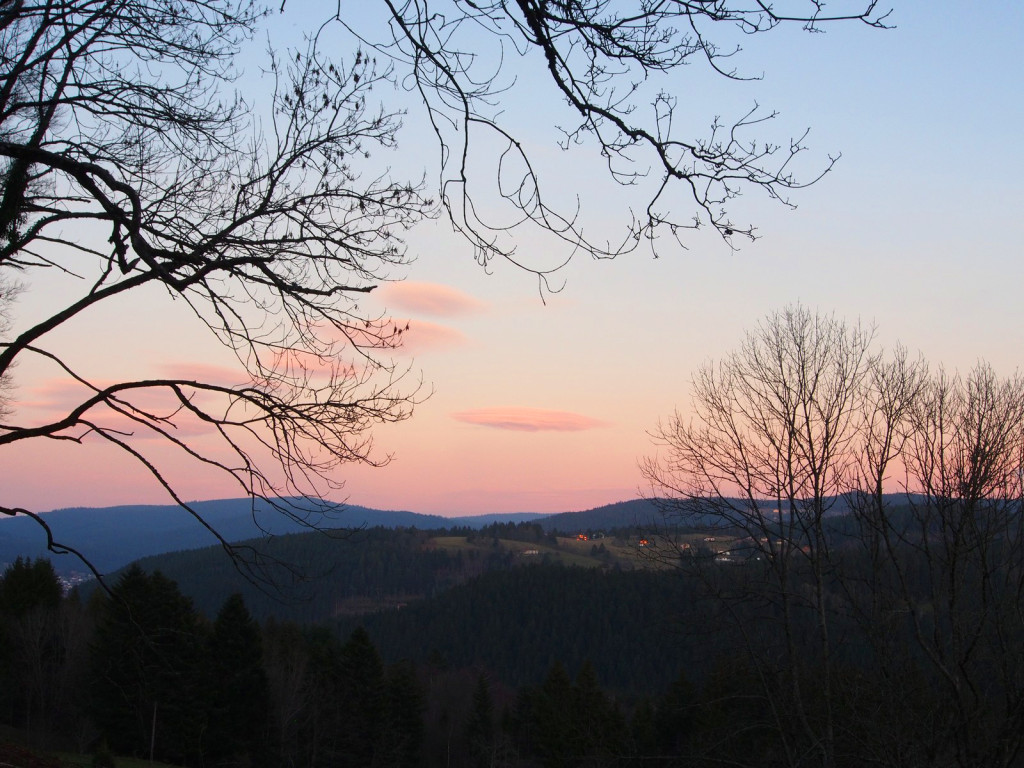
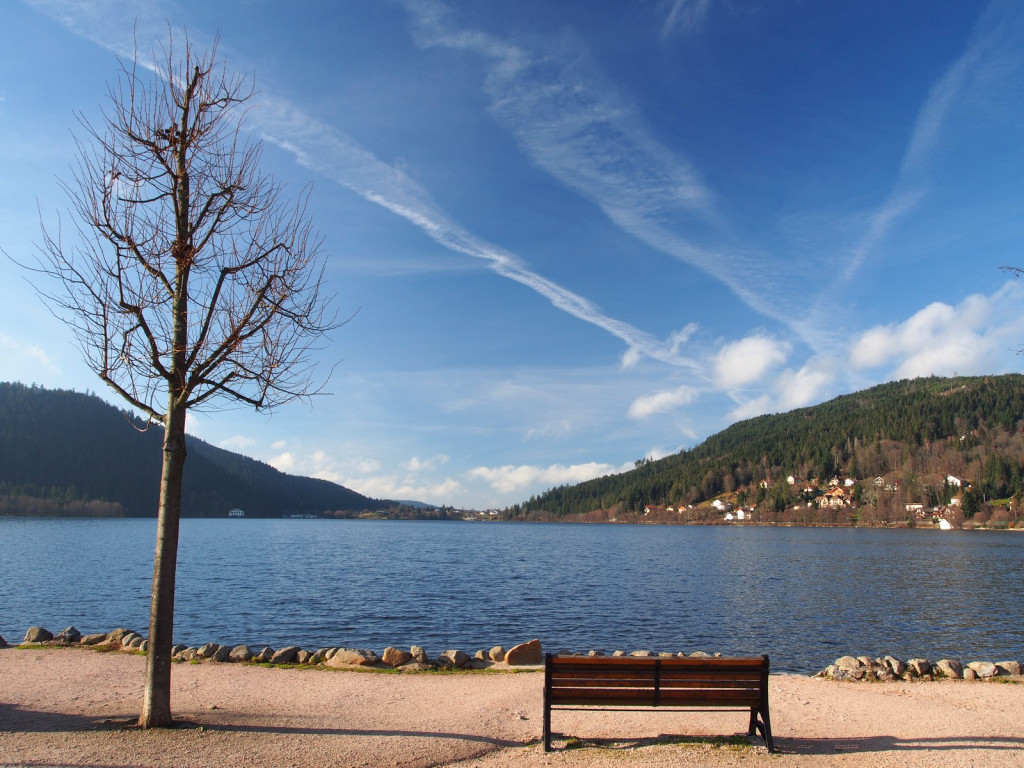
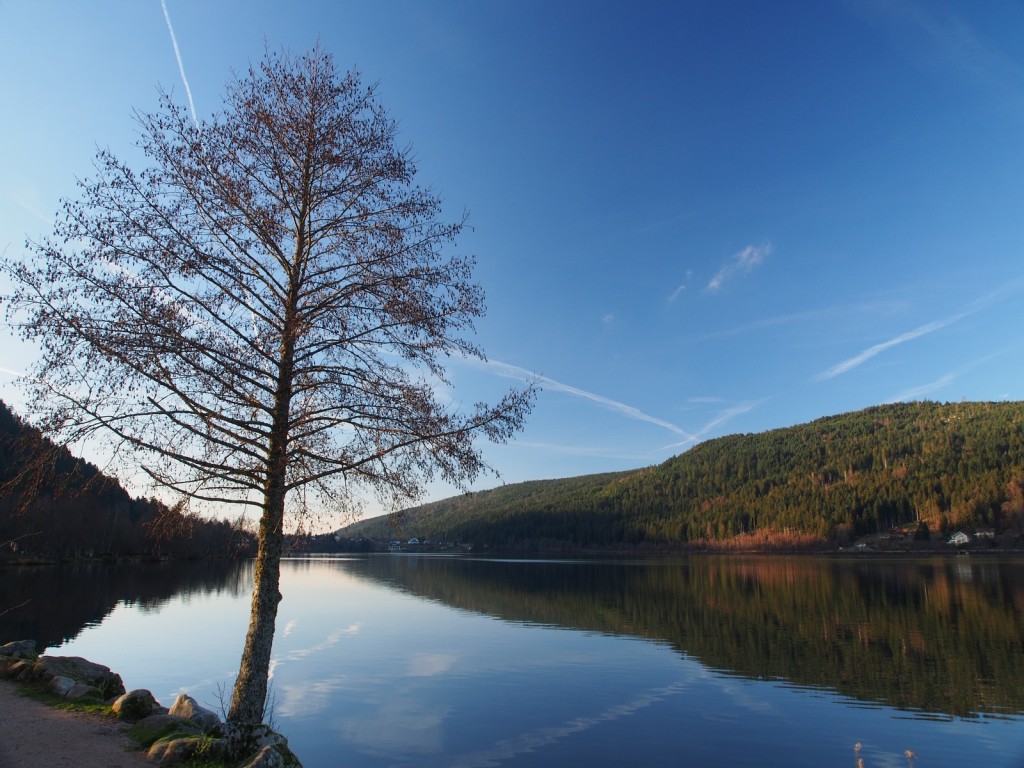
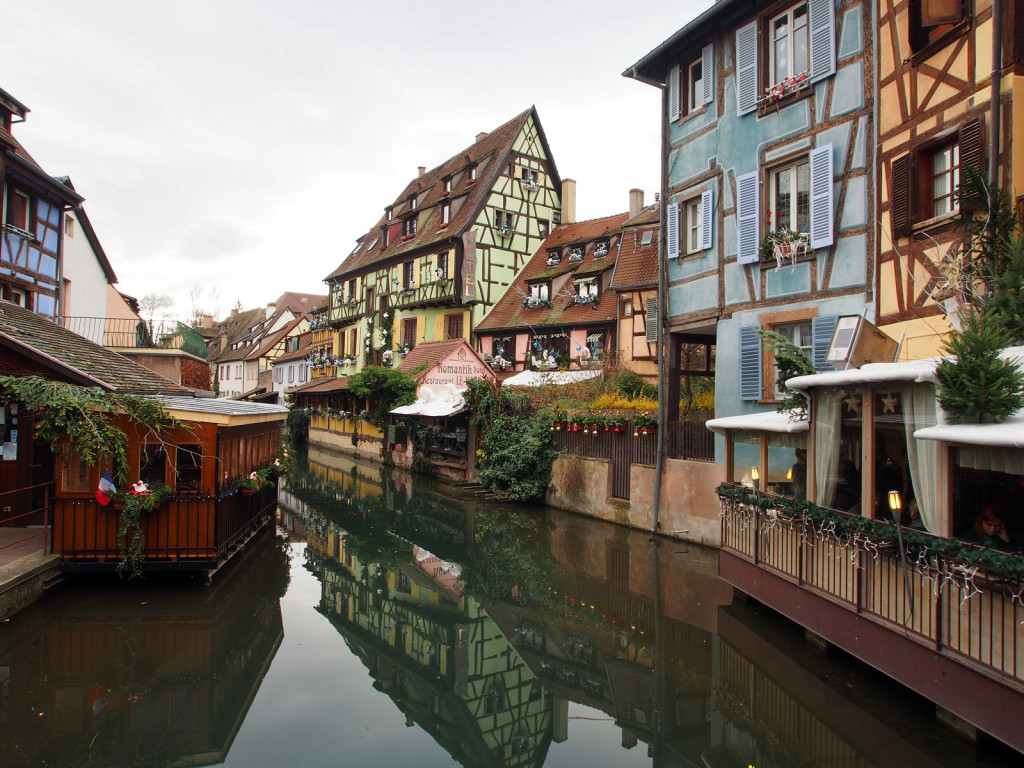
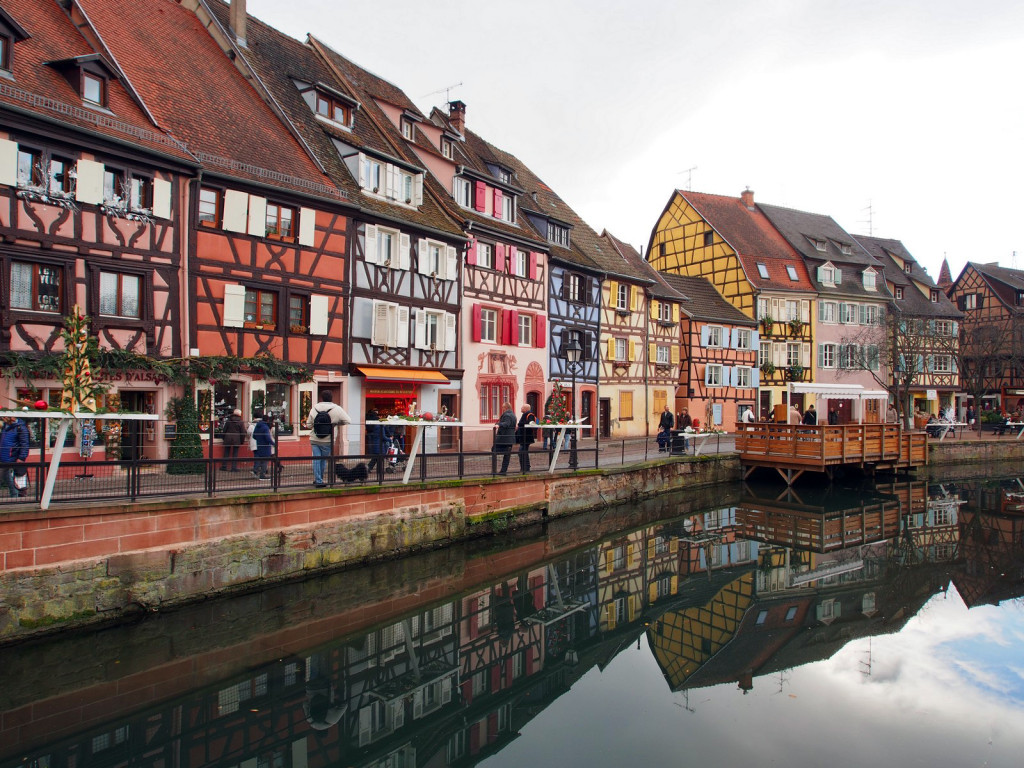
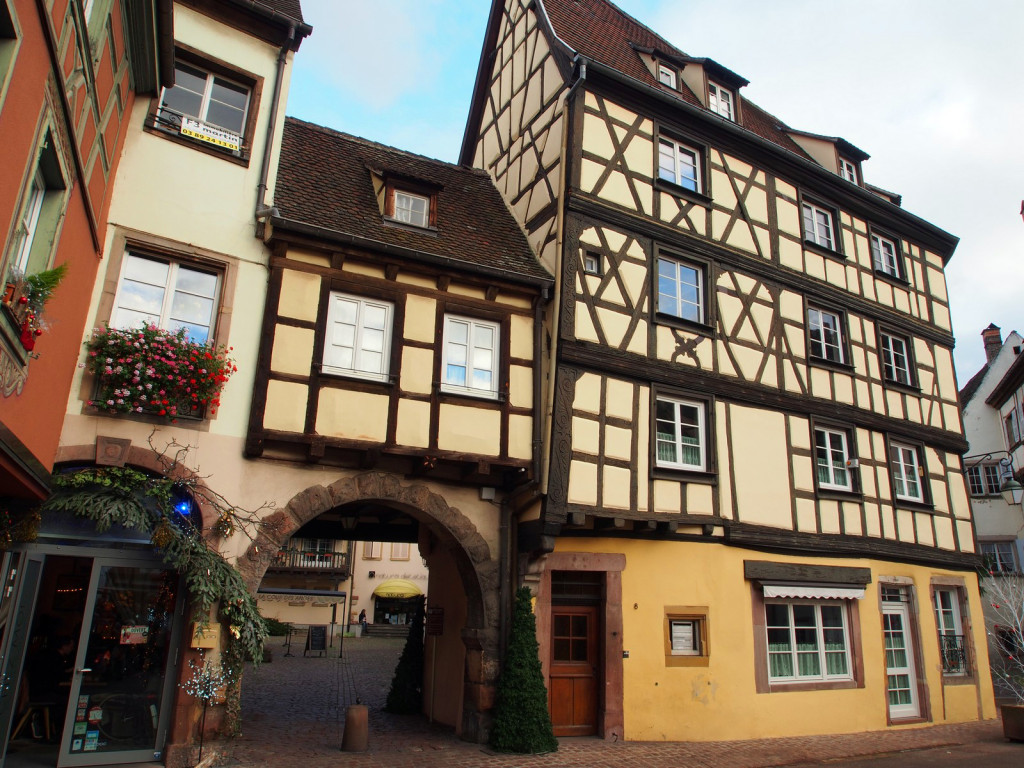
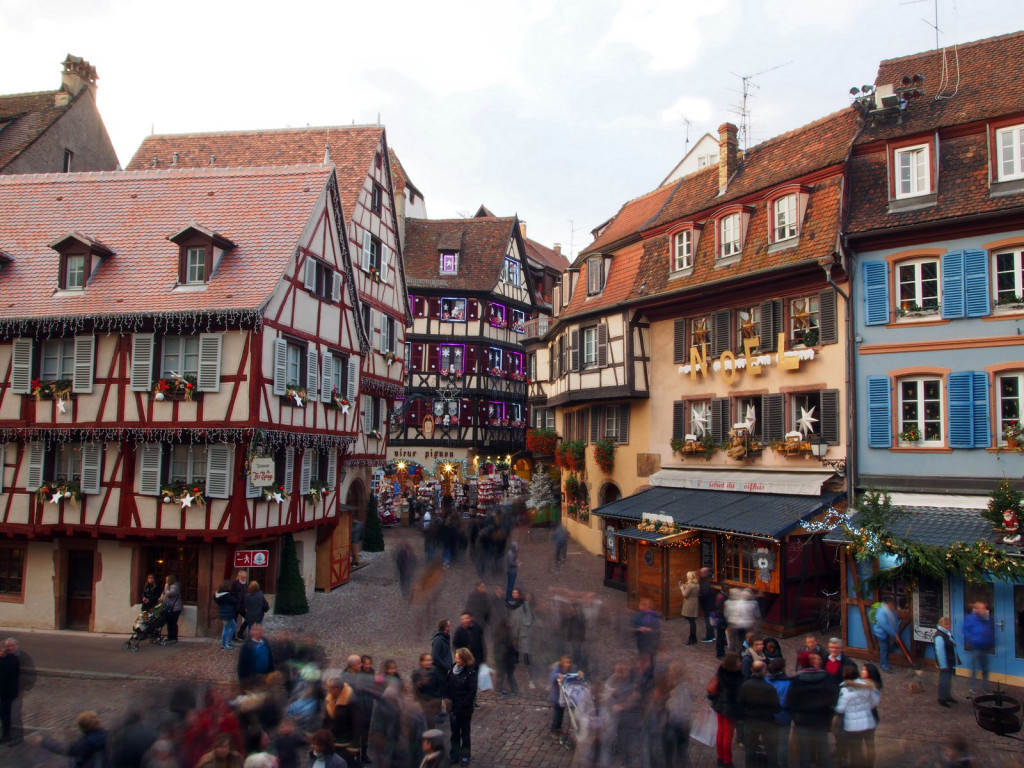
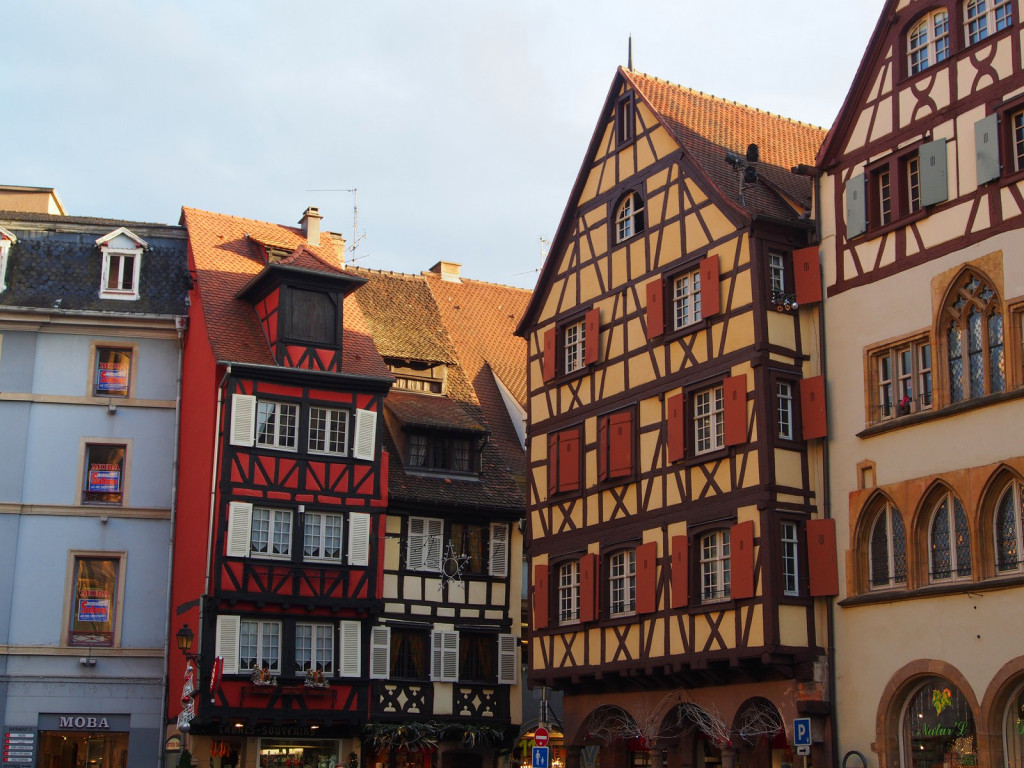
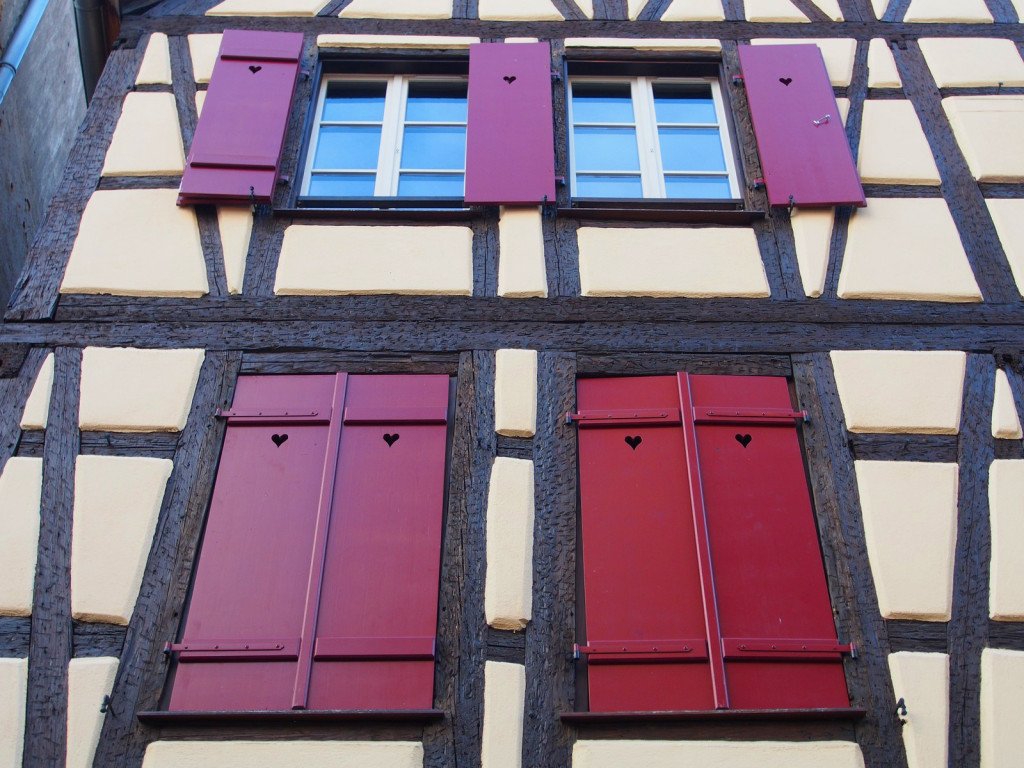
Wow! Awesome trip, awesome report! Just finished reading and enjoying the photos from beginning to end. I hope you’ll keep the blog going. Thanks for letting me tag along on an amazing adventure.